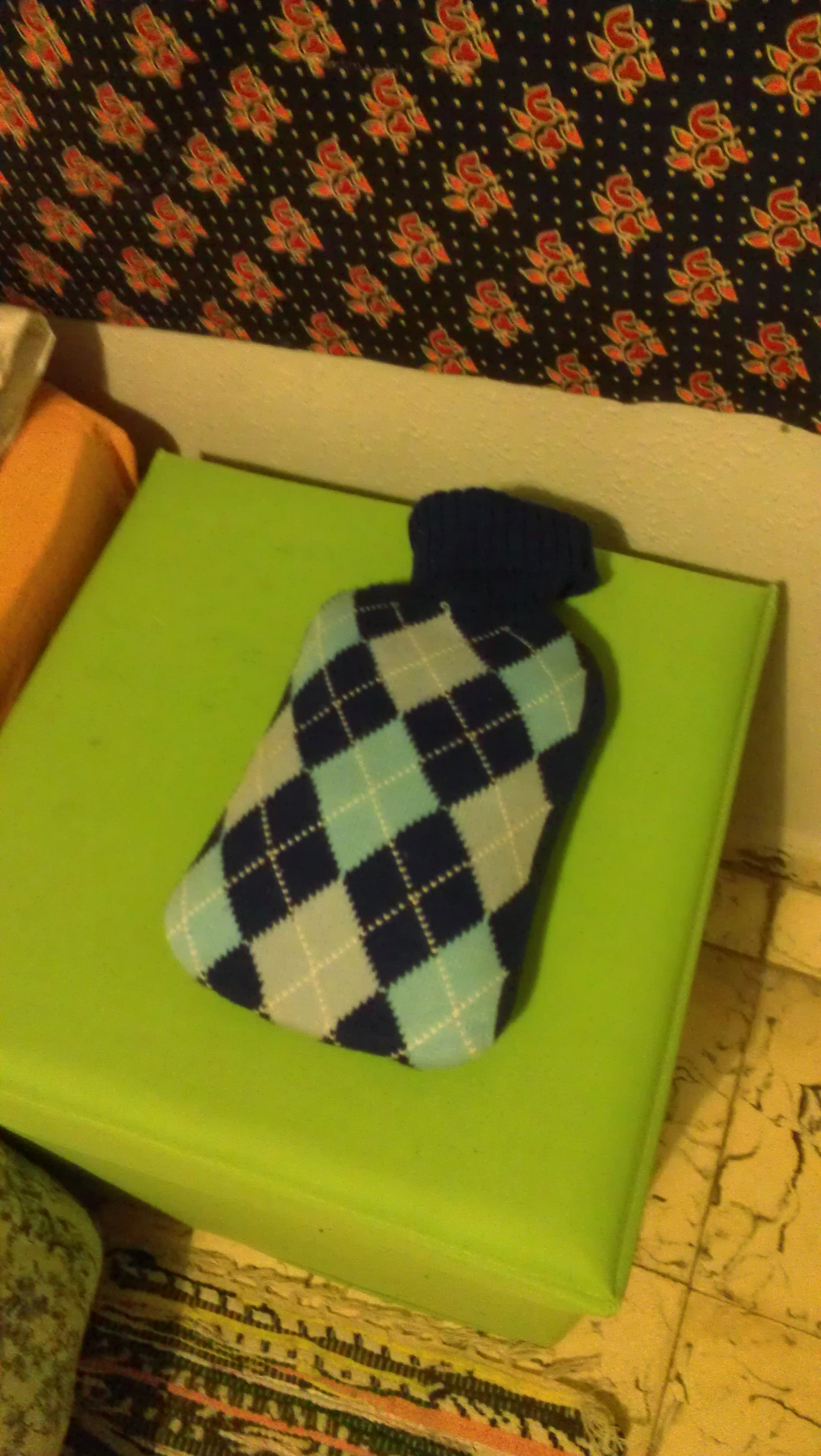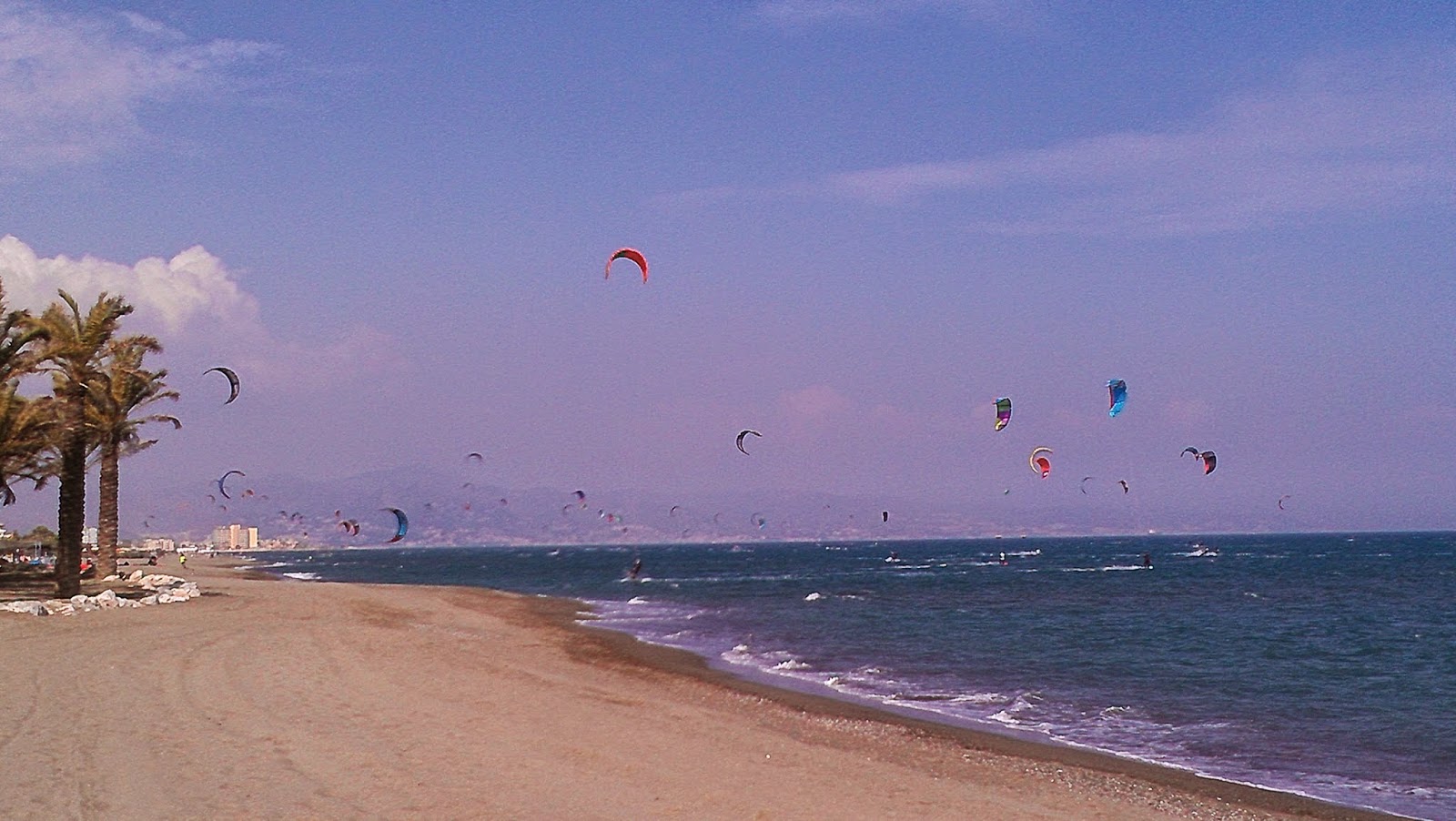field trip to toledo
My second week at school, a group of German students and their teachers arrive for a week-long exchange. Since the Germans hardly speak any Spanish, and the Spanish students at my school speak no German, I’m invited to attend a few of the exchange activities to help with the 1 language that both groups have in common – English.
One of the activities is a day-long field trip to Toledo, a little over an hour away. A chartered bus takes us to the city – which was once the capital of Spain, is the current capital of Castilla La-Mancha, and is a heavily visited tourist destination. One of the teacher chaperones from my school prepared a printout with brief explanations of each of the sites we’d be visiting that day. My charge was to read the descriptions out loud in English to the group of students, then 1 chaperone from each of the respective countries would read the same in German and Spanish. As it turned out, I was the only one who ended up reading aloud to the largely disinterested students. It kinda felt like I was secretly being hazed, but still, it was a small price to pay for being able to explore the city for free.
After an hour or so of playing tour guide, the kids were allowed 3 hours of free time (3 hours!? I couldn’t believe it!) to explore the city on their own. Meanwhile, the other profesand I lounged about – enjoying some amazing tapas and having a leisurely coffee break. Honestly, I would have preferred the 3-hour free time that the students had, as I didn’t get to see all that I wanted to in the city. But I enjoyed having the chance to bond with the other teachers. Also, I thought it was odd that the 2 chaperones from my school were teachers of science and math, as opposed to history or geography, but whatever.
 |
| View of historic Toledo |
 |
| The Tagus River, which surrounds the city on 3 sides |
 |
| A little poem outside La Ermita – the devotional chapel for the Virgin of Toledo |
 |
| Inside La Ermita (Toledo) |
 |
| The students get a chance to ring the bell at the top of La Ermita |
 |
| Altar inside La Ermita (Toledo) |
 |
| Toledo is one of many stops on the Ruta de Don Quijote, a series of sites featured in Cervantes’ seminal work |
 |
| Inside the Puerta de Bisagra Nueva – the main entrance to Toledo |
 |
| Above Puerta Bisagra is the coat of arms of Chales V, which features two eagles, |
 |
| Approaching the Puerta del Sol (Toledo) |
 |
| group shot with the German and Spanish students inside the El Greco musuem |
 |
| El Greco – the famous 16th century painter – was one of Toledo’s most famous residents |
 |
| Tapas with the teachers! |
 |
| The famed ‘migas’ of Castilla La-Mancha. Breadcrumbs sauteed with chorizo and spices, here, with diced melon on top |
 |
| Presa de iberico (sooo good!) with grilled asparagus and an Argentinian style sauce |
 |
| Seen outside of a convent. Ladies drop a hairpin in the hole in front of the picture of the Virgin in hope of finding a mate |
 |
| El Cristo de la Luz – small mosque built in 999 that was later transformed into a Christian oratory |
 |
| Sure! There’s time for a quick pose! |
 |
| Original Roman street stones leading up to the mosque |
 |
| El Cristo de la Luz – as seen from the rear gardens |
 |
| Inside El Cristo de la Luz |
 |
| A cool little performance space / lounge that was originally a small cathedral |
 |
|
|
 |
| Damasquino, or Damescene jewelry – an emblem of Toledo |
 |
| The Toledo Cathedral |
 |
| By this time, all the history was starting to get a bit old (get it?), but the show must go on… |
 |
| A visit to the Sephardic Museum in Toledo – traditional Sephardic garb (women) |
 |
|
|
 |
| Sephardic Museum in Toledo – Sephardic jewelry (yes, please!) |
 |
| Puente de San Martin (Toledo) |
 |
| View of the River Tagus from the Puente de San Martin |
 |
| Sure! There’s time for a quick ussie before leaving Toledo! Me and Pepa (Math) |
first week in ciudad real
 |
| IES Torreon del Alazar |
 |
| Eduardo, the chatty Cuban |
 |
| One of the bars in La Mata – Ciudad Real’s club / bar district |
 |
| Tonight’s menu: Burgers! The boys have dubbed the spinach-chicken burger on the left, the E.T. burger |
 |
| Pablo, Danny, Diego, and Pedro |
 |
| This family loves to travel – Fridge magnets from all the places they’ve visited |
 |
| The little tortuga practices his yoga poses |
 |
| Berenjenas – prepared in the regional style |
I Can’t Get Excited About Uber, Because, You Know… blablacar.
- Drivers, who are already going to a certain destination, visit blablacar.com and post the number of seats they have available in their cars, what date and time they’re leaving, and how much they’re asking from riders who want a seat.
- Riders who are looking to go to a certain destination search for drivers who are going there when they want to go. Riders contact drivers through the blablacar.com site, and the rider and driver arrange the remaining details (pickup location, etc.) from there.
- Rider and driver show up at the agreed upon time and location, and the rider pays the driver in cash (usually at the end of the ride).
 |
| I should pay a premium for this? |
highlights (and lowlights) of granada
For my first weekend excursion from Marbella, I chose to head to Granada. It’s less than 3 hours away by bus, and there were a couple of other girls from my CIEE orientation heading there for the weekend as well, so I figured it was a good time to check out what the city had to offer.
When I arrived, I had the good fortune of bumping into my friends as soon as I got on the bus to head to my room for the weekend. We made plans to meet up for tapas and drinks later that night, and they headed off to their hostel nearby, while I went to go check in with my AirBnB host.
Lodging / Accomodations
Highlights: My room was right in the center of Granada, located almost directly behind the Cathedral, and with easy access to all the city buses. Lots of shops, restaurants, and bars were right out the front door, and since it was in the historic area, the architecture of both the room and the surrounding buildings was a beautiful sight to see while moving about. My host also had maps, and information on popular sights and attractions in Granada already in my room. And the nicest touch of all? She had a hot water bottle available for my use – a lucky stroke since I’d decided to leave mine at home. Did I mention how cold most Spanish homes are in the winter months?
Lowlights: All that historic architectural charm – close-together buildings, narrow cobblestone streets, high ceilings – also meant that noise from the street below could be heard as clear as a bell in my room. There was more than 1 time that I thought someone was in the apartment with me, but it was actually sound coming from the street below.
Sights, Tastes, and Sounds
After checking in to my room, I met up with my two colleagues I’d seen on the bus – Allison and Nicole. We headed straight for nearby Calle Elvira, a main artery running through a network of alley-like streets filled with tapas bars, teterias, kebab shops and vendor stalls tightly packed together, giving the whole area the look of an old Moorish marketplace in the middle of modern-day Spain.
We made our first stop at La Antigualla for our inauguration into the free tapas phenomenon we had all heard about but had yet to experience. Another auxiliar, Laura, who lives/teaches in Granada met up with us later. The four of us spent the rest of the evening bar-hopping and getting our fill of copas and tapas while catching up on our experiences-to-date as new auxiliars.
The Alhambra
The next morning I was up early (well early-ish) to head to the Alhambra. After a quick walk to catch the bus, I arrived at the Alhambra gates, purchased my 15€ ticket, grabbed a quick croissant and coffee in the snack bar, and headed in to get started on my self-guided tour.
The Alhambra is an ancient palace and fort built for Moorish royalty in the 9th century and subsequently added on to by different Muslim and Spanish rulers up to the 14th century. There are four major structures to see within the Alhambra:
- The Palace of Charles V,
- The Alcazaba,
- The Palacios Nazaries,
- and the Generalife.
Over the next 4+ hours, I strolled throughout the massive complex, taking in the ancient beauty of the place. The original theme for the Alhambra was ‘paradise on Earth’, and it certainly feels like that when you’re there.
Unfortunately my phone (and hence, my camera) died just as I reached the Generalife, so I have no pictures of it to share.
After leaving the Alhambra, I caught the bus back to my room for a quick rest and a phone charge, then headed out to meet Allison and Nicole, and a different CIEE auxiliar also living and teaching in Granada, Brit.
I linked up with the 3 ladies in Plaza Nueva, and over a quick bite to eat, we decided to head to the Albayzín. Since Brit had been before, she would serve as our unofficial tour guide.
The Albayzín (Albaicín)
The Albayzín is a maze-like neighborhood in Granada. It’s yet another slice of Spain’s ancient Moorish past that still exists today. The neighborhood is built in the style of a North African medina, with winding streets so narrow that, in certain places, cars can’t even pass through. The neighborhood extends up into the hills overlooking the city of Granada. My AirBnB host had told me that gypsies lived up in the hills in a sort of shantytown, and that on some evenings, if you went walking through at the right time, you could see them performing flamenco in the caves up there. I wasn’t all that sure about how I felt being caught with some dancing gypsies in a cave after dark, but I was game for a pre-sunset excursion.
After we’d walked for a while, I noticed the sun was getting lower and lower, and we weren’t showing any signs of turning back. The cobblestone streets had ended, as had any signs of a real neighborhood. We were entering shantytown territory and Brit was steadily leading the charge. I put up a futile protest as we started a short, but steep climb up a gravelly path that would take us deeper into shantytown. Not only was I already pretty tired from my all-morning tour of the Alhambra, but I also kept thinking to myself, “It’s getting dark. And there are gypsies.” Yet, we pushed on.
In the end, I was glad I didn’t let my tiredness or wariness get the best of me. The views from the top were amazing. We arrived just as the sun was beginning to set. With the snow-capped mountains in the distance, the impressive Alhambra in the foreground, and the beautiful city of Granada below, it was a view so stunning that my poor little camera could never do it justice.
After lingering about for tons of pictures and a quick rest to watch the sun go down, we started our descent back through the Albayzín to the center of Granada. On the way, I saw some nice works of graffiti.
Botellón and Bars
I returned to my room for a disco nap, then met up with 3 of the ladies for a quick taps before heading over to Laura’s apartment where we would join her and her roommates for a night out. It all unfolded something like this:
.jpg) |
| Before: Gracias por tu visita. After: Gracias, puta! |
 |
| A quick copa before heading to Laura’s. A free tapa too, cuz… why not? |
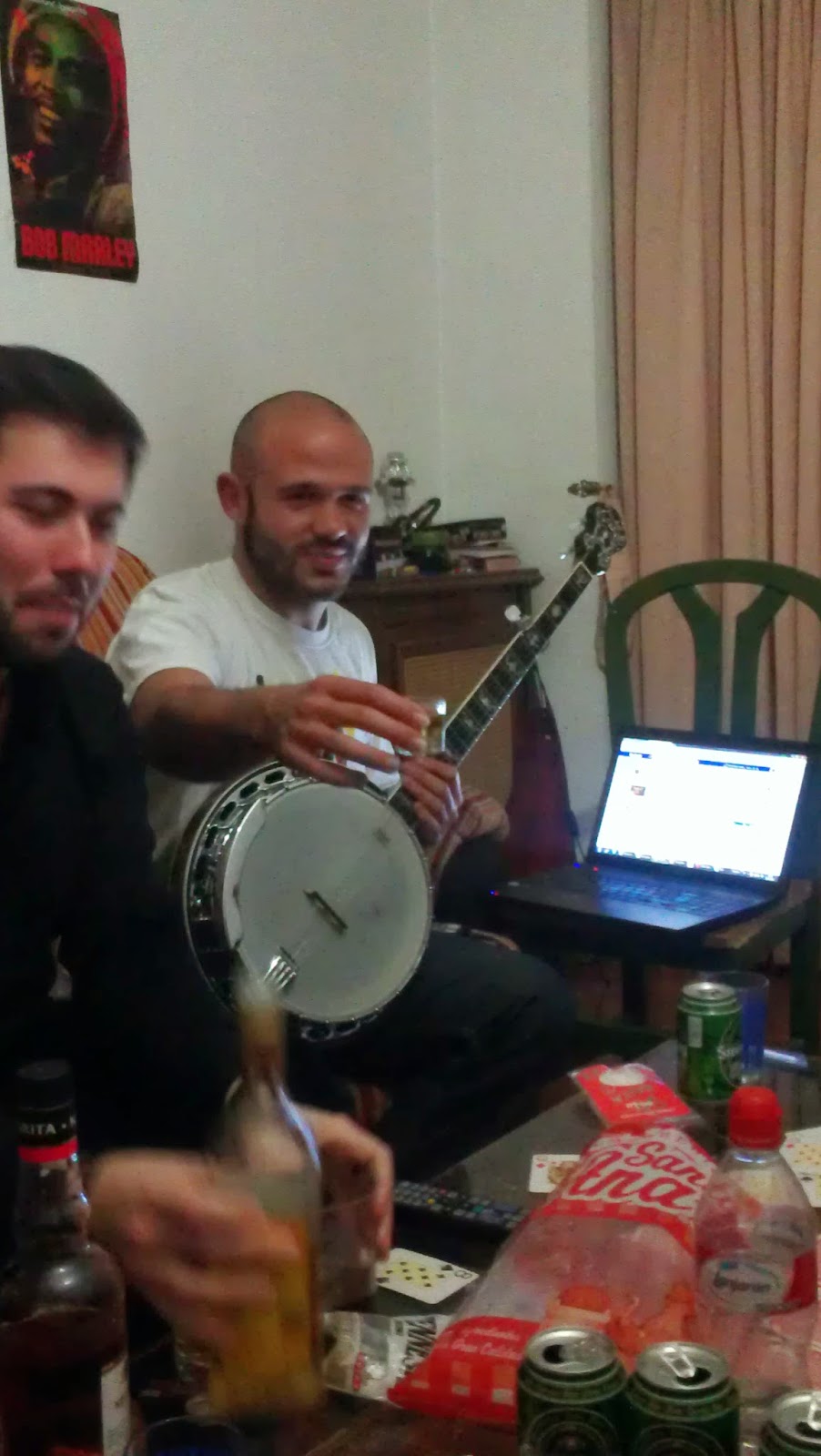.jpg) |
| Pre-gaming, botellon style. Try it at home! Banjo optional. |
My loose interpretation for botellon, is ‘bring a bottle and some of those cups…‘. Though they usually occur outside of the house in a plaza or park, I think it’s far to call anything a botellon that involves more than 1 person bringing more than 1 bottle to share with the intent of drinking as much as possible before the night is over.
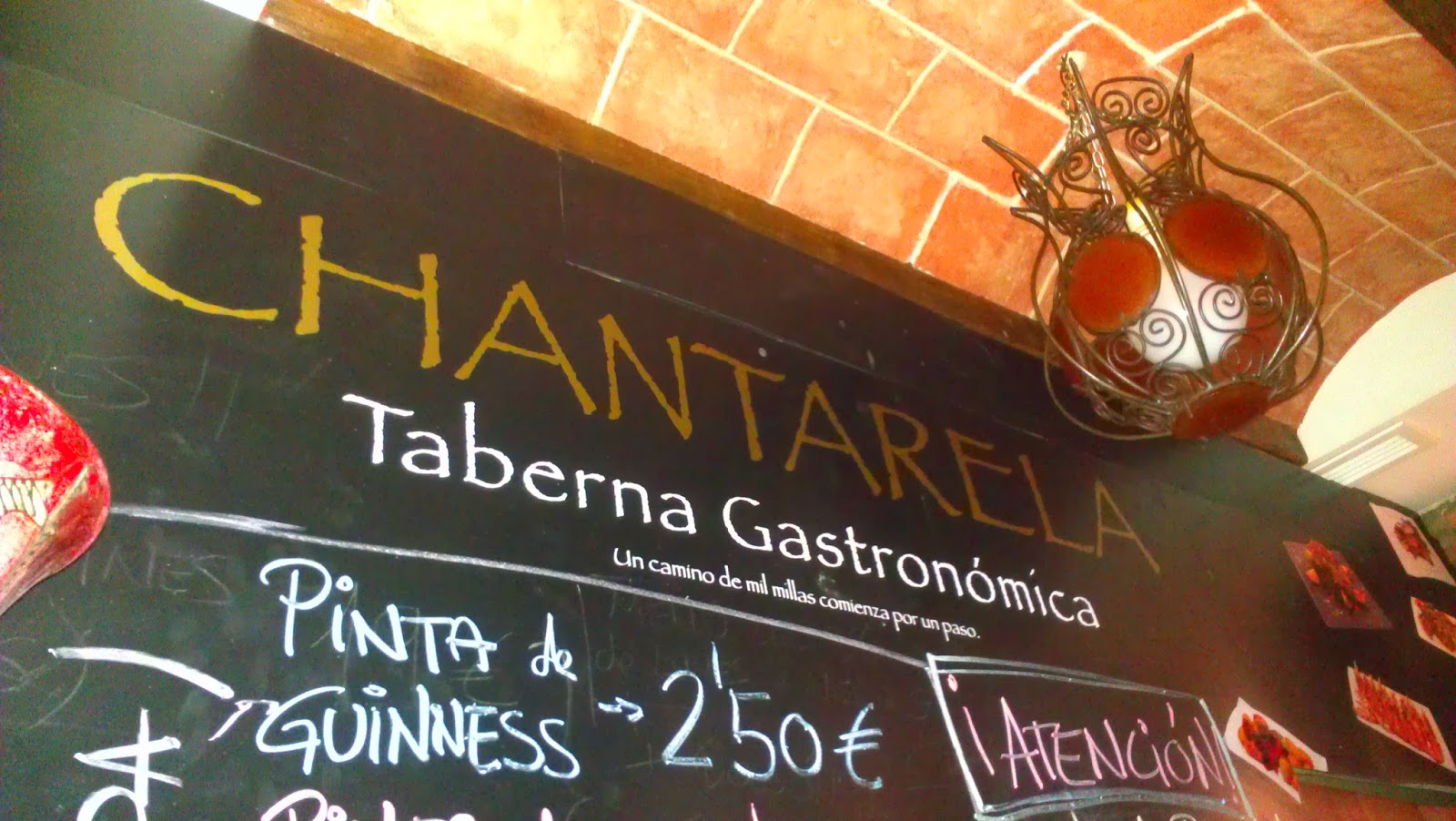.jpg) |
| First, to Chantarela for a few rounds of tapas and copas… what else? |
.jpg) |
| Our next stop was a crowded, energetic bar where this guy ogled me in the bathroom. I didn’t mind. |
After a several hours of making the rounds, we night creatures all headed back to our coffins. By the time I made it back to my room and collapsed, it was a little after 4am.
La Morena Comes to Visit
“Oh crap, what time is it?” was my first thought upon waking the next morning. I was supposed to be meeting up with Dominique (aka, La Morena de Andalucia), who I had pestered until she agreed to come into Granada so we could hang out for the day. We strolled around Granada catching up on everything until it was time for me to head off to my appointment at the nearby hammam.
 |
|
|
.jpg) |
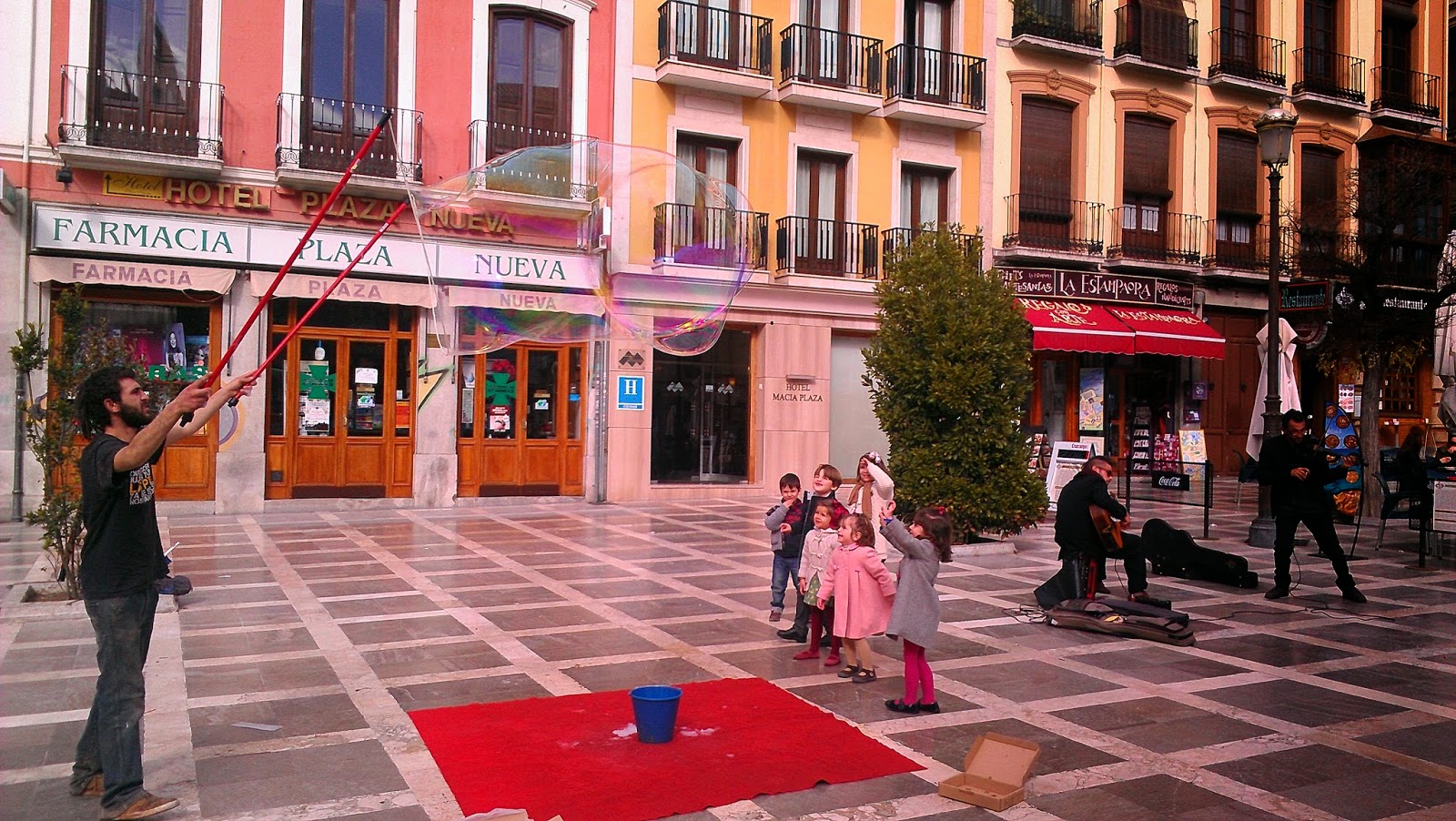.jpg) |
| kids playing at plaza nueva |
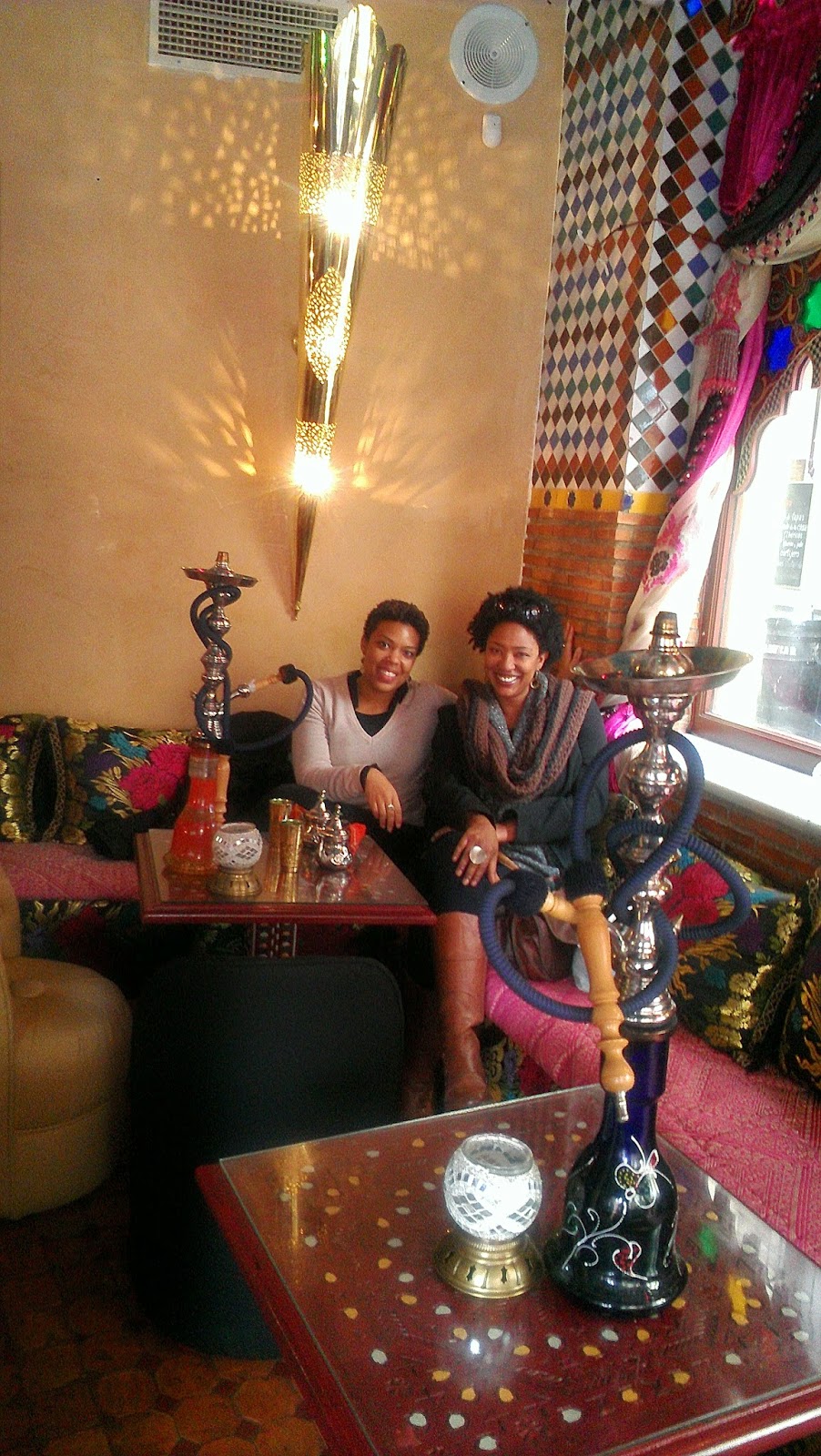.jpg) |
| 2 for tea – Dominque and me at a teteria on Elvira |
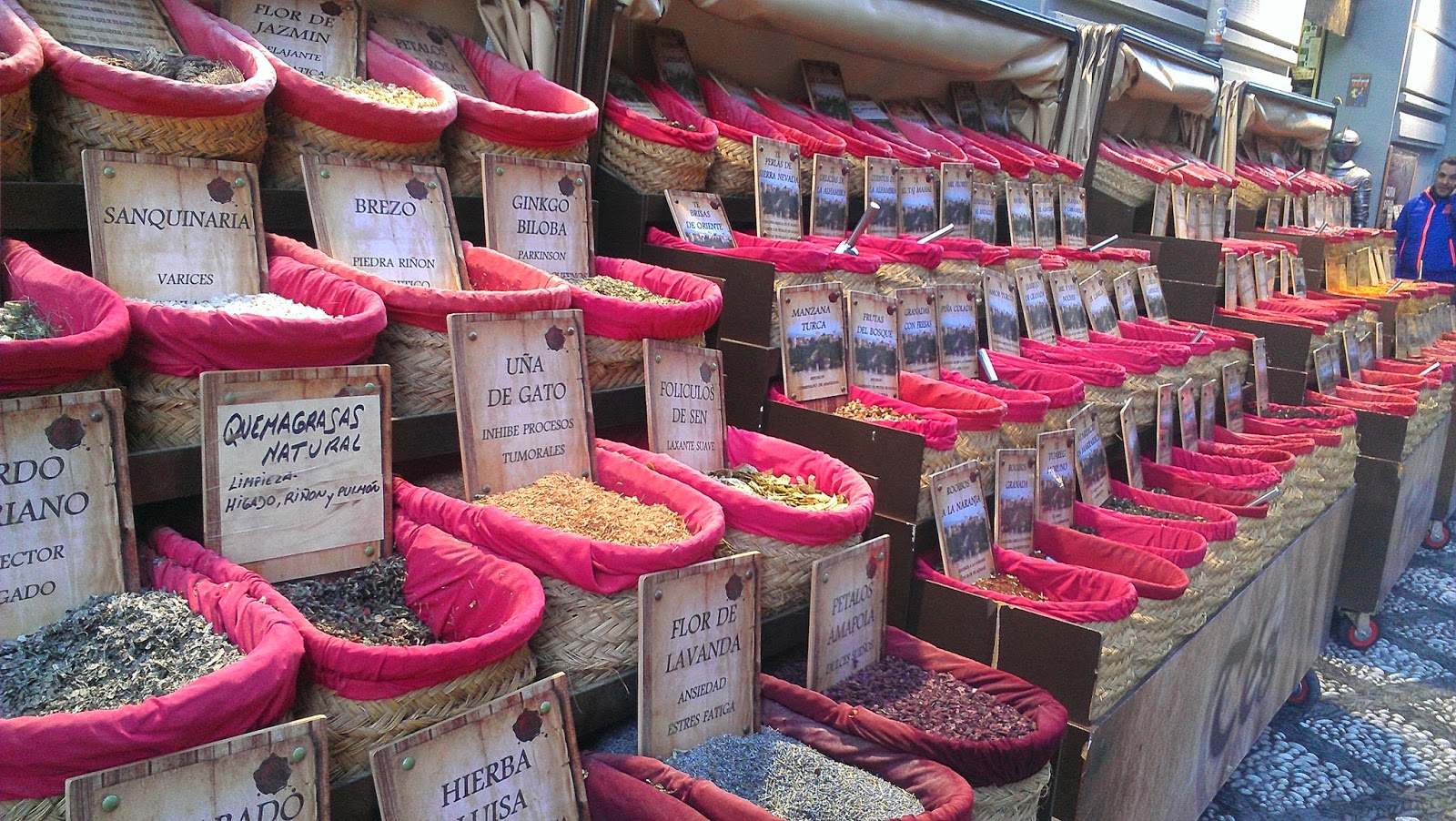.jpg) |
| spice vendor near granada cathedral |
Hammam Al Andalus
After all the walking at the Alhambra and the Albayzin the previous day, followed by a long night of ‘botellon and bars’, my poor body needed some rejuvenation. The Hamma al Andalus was right on time.
.jpg) |
| No pictures allowed inside. But I managed to sneak this one of me with my shoe shower caps. |
Inside the hammam are 3-4 ‘baths’ or large soaking pools – each has a different temperature (from ice cold to warm-but-not-hot). There’s also a steam room and a massage area. My entry fee of 25€ included admission to the baths for 2 hours and a 15-minute massage. The massage was pretty good, and I felt the price was fair, especially because I needed it so badly.
After the hammam, I met up with Dominique, Nicole, and Allison (aka, the out-of-towners) for tapas at Bella y la Bestia.
.jpg) |
| I’m giddy from an excess of carbs and a lack of sleep. |
Soon, it was time for Dominque to head back to Huelma. We hung out a bit more around Elvira, and then I saw her off to the bus station.
Shisha and Bars
Saturday night. Last night in Granada. So I start it off by meeting up with Brit for shisha and a nice cup of tea. We’re both a little hungover from the night before, and before we leave the teteria, Brit throws in the towel and heads home for the night. Fare thee well o Hiawatha. Fare thee well, O mighty warrior.
I went on to meet up with the rest of the girls for a couple of bar stops:
First, at Chantarela (Yes, again. Cuz it was that good.)…
Then, at Poe, where Allison had her first taste of absinthe…
And finally, at one of these interesting Spanish drinking establishments I call ‘shot houses’ – a bar that’s really popular because they serve a dizzying array of shots for about 1euro each.
All in all, it was a nice way to wrap up the weekend.
And it was a good thing I booked my return bus for the afternoon. I definitely needed to sleep in.
my culinary adventures in spain – eating out
As I mentioned in an earlier post, I’ve been surprisingly underwhelmed by the food here in Spain. Before coming here, I imagined that I’d be in absolute gastronmic glee over all of the delicious food available. Not exactly the case. But still, I’ve had some delicious and some very inspiring experiences with food that are definitely worth sharing.
EATING OUT
Tapas
The Spanish are best known for tapas. They invented the whole concept of small plates eaten / shared with friends over rounds of drinks. They’ve even made a verb to express the act of having tapas – tapear. Almost every Spanish restaurant offers a selection of tapas along with larger portions called raciones. However, there are two things that have left me feeling lackluster about the whole tapas experience: 1) every restaurant generally has the exact same selection of tapas (oh, look, they have croquetas!), and 2) none of them are prepared exceptionally well. They’re not bad, mind you, but compared to my hyped-up expectations, they’re not that great. Yet, thankfully, there have been exceptions:
In Sevilla, La Morena de Andalucia (aka, Dominique) showed me her favorite tapas restaurant, Duo. Located on the Alameda de Hercules, this little bar serves up some more creative twists on traditional Spanish tapas. The higher quality of the ingredients is noticeable as well. So far, this ranks as my #1 restaurant meal in Spain.
 |
| @ Duo Tapas in Sevilla. foreground: pulpo a la gallega; background: carillada |
In Cádiz, the tapas were tastier than the usual, and seemed even better because they were cheap and plentiful.
 |
| @ La Isleta Bar in Cádiz. left: carillada; right: pescado en salsa roma |
In Granada, the tradition of buy a drink, get a free tapa is alive and well. Unfortunately, the free tapas are mostly carb-heavy, not-that-great snacks. But Chantarela is a tapas bar that does justice to free tapas.
 |
| Standard free tapas in Granada. Carb-tastic! |
 |
| Free tapas at Chantarela in Granada. |
Beer
One of the very first things I learned when I arrived in Sevilla was how to order a caña. A caña is basically a half-pint of beer, and usually costs about 1€. It’s common to have a caña before/with/after lunch, after work, or basically any time you need to take a quick break with a refreshing beverage. I’ve even started to use the caña as a standard for pricing other things. For example, “Wow. That bus ticket costs 2 cañas!” Spain has several local / regional beers that are only slightly better than Budweiser, Coors, or PBR. When you order a caña, you’ll usually be served either Cruzcampo, Mahou, Alhambra, or San Miguel depending on what city you’re in. All of them are your standard lager – refreshing, effervescent, uncomplicated and, honestly, quite perfect after a long day of walking around in the heat. But not too exciting in the way of flavor or body.
More recently, I’ve lucked up and found a few craft beer dispensaries. The phenomenon of craft and artisan beers is still fairly new here, so you often have to look a little harder to find a place with craft beers. Also, many of the shops or bars only have bottles, not taps. Still, there are some really good brews to be had, and the prices are on par with if not a little better than what you might find in the States. Right now, my favorite Spanish craft brewery is Naparbier – I’ve tried 2 of their Saisons and 2 IPAs, and loved them all. Plus, they have some really cool bottle art. One thing I’ve noticed in my tastings is that Spanish IPAs are not as over-the-top hoppy as others I’ve tried. They still have the prominent grassy or floral notes of an IPA but not the huge, hoppy ‘bite’ that I dislike about American IPAs.
 |
| Gulden Draak at La Tienda de Cervezas (The Beer Store) in Madrid. |
 |
| Just a sliver of the bottled selection at La Tienda de Cervezas, Madrid |
Freidurías
Ok. So there are these places here, right? They serve nothing but various fried things. It’s like a Southerner’s dream come true. Well, at least this Southerner’s. You can find freidurias anywhere – in municipal markets, as standalone restaurants, or takeout-style counters. The menu selection in a freiduria consists of a variety of frituras, which I lovingly call, ‘frieds’. You can choose from a selection of fish and seafood (anchovies, calamari, squid, etc.) or vegetables (eggplant, mushrooms, peppers, etc.). The best freidurias use a very light and crisp coating or batter for the fish, and I think most all of them use olive oil for frying. The result is a crispy, light-tasting exterior that doesn’t mask the flavor or freshness of the fish. With a wedge of lemon to squeeze all over crispy, bite-sized pieces of fish hot out of the fryer, I am in heaven.
 |
| ‘Frieds’ at a stall in the municipal market in Algeciras |
 |
| Fritura from a take-away restaurant in Cádiz |
Chiringuitos
A chiringuito is a beachside shack or restaurant that specializes in whole fish cooked over an open flame. Talk about some serious food porn. My first chiringuito experience was at Malagueta, Malaga’s most popular beach. After placing my order, I watched as an older gent delicately salted and skewered a whole fish, pitched it almost vertically next to a carefully tended wood flame, and lovingly basted it in olive oil until it was perfectly cooked and charred just-so on the outside. I have dreams about that day sometimes. Though a little pricey on my budget (at least here in Málaga), it’s definitely worth the occasional splurge.
 |
| Yes – he is expertly cooking whole fish over a mound of burning wood piled into half of a boat. Yep. |
 |
| yep. |
Libations
My stateside mantra is, ‘retail drinking is for suckas’, and that hasn’t changed much since moving to Spain. But when I do go for a cocktail at a bar, it’s usually one of these:
Tinto de verano – A simpler alternative to sangria, tinto de verano is a blend of vino tinto (red wine) and a fizzy lemon drink found in Spain called casera. It’s decent, but the casera sometimes has a strange aftertaste to me, so I plan to try making an at-home version with real lemons, sugar, and sparkling water or tonic.
Vermut – a fortified red wine that’s sweet but strong and has lots of herbal undertones since it’s usually infused with some botanicals. Served over ice with a slice of lemon or orange. I’ve only had it in Madrid and Cadiz, however.
 |
| Vermut and tostas in Madrid |
Chupito – The Spanish term for a shot.
Occasionally though, I head to Mañana, my favorite bar in Málaga. They make really good versions of classic cocktails like mojitos and manhattans, plus a few beer cocktails like the James Brown.
 |
| Tomax preps for a ‘make-do mojito’ (they were out of limes) |
 |
| Xamot carefully crafts the James Brown – a beer cocktail |
Fast Food
The most commonly sighted fast food restaurants here are McDonald’s and Burger King. Many of the menu items are the same as in the States, with some differences to suit local tastes. For instance, McDonald’s serves gazpacho in the summer. They also serve a habit-forming alternative to the already addicting McDonald’s fries, called ‘patatas deluxe’. They’re little seasoned potato wedges that pair perfectly with a McBeer.
 |
| My favorite after-school snack: patatas deluxe and a beer |
One other notable difference is the prices at fast food chains (at least the 2 burger chains). If memory serves, they are more expensive than at home. A regular-priced combo meal at McDonalds can cost 7€ or a little more; and the ‘daily special’ is still pretty expensive at 5.50€.
It’s the little differences.
a week in the life of an english language auxiliar in spain
Monday
7:45am – Head out the door and down the hill to meet my ride at 7:50. On Monday mornings, I ride to school with Pepe, a biology teacher at IES Vega de Mar in San Pedro de Alcantara. On the 10-minute drive from Marbella, we talk about our weekends and other pleasantries. It’s good practice for both of us. Pepe tries to speak in English, I try to speak in Spanish. Hilarity often ensues.
8:00am – We arrive at school and enter the Sala de Profes (aka, the teacher’s lounge, aka ‘club profe’). After a round of ‘holas’ and ‘buenos’, Pepe and I head straight for our mugs to prep our morning coffee. We take turns treating each other. (Coffee isn’t free for profes. It costs .50€). I sit enjoying my coffee (and if lucky, my take-along breakfast) and listening to the rapid-fire convos between the other profes.
 |
| arriving at school |
8:15am – The bell rings for first period. By now, I am used to the sound of it. Though when I first arrived, I almost had multiple heart attacks, since the bell sounds something like a cross between a fire alarm and an air raid siren. Everyone heads off to their classes. Since I don’t have class this hour, I sit in the lounge and prepare for the day ahead.
9:15am – Time for my first class. History and geography with the 2nd level bilingual students. When I walk into class, several students greet me with a very rehearsed, ‘Hello, Kisha. How are you?” The rest of them are chatting loudly, running around the classroom, or horseplaying with their friends. I have to shout ‘Ready?’ at least 2 or 3 times to get them to settle down. Before getting into today’s lesson, I start off by asking if anybody did anything fun or interesting over the weekend. Many of the students are as eager to share as I am to listen, plus it gives them a chance to practice speaking English in an unstructured way. After everyone has shared, we move on to the lesson. Today, we are reading about daily life in the Middle Ages. I ask for volunteers to read the English handout the profe has selected. Each volunteer first reads a few sentences from the lesson in English, then translates the same into Spanish. We go over unfamiliar vocabulary words as a group, and I answer any questions they may have. The profe, Enrique (aka, Quique), helps out with any Spanish-English translations that I don’t know. Throughout the lesson, I have to stop several times to quiet the class back down or call out a student who is obviously not paying attention.By the end of class, Quique has worked up a sweat and the kids have worked my nerves.
 |
| such adorable little scamps. |
10:15 – First class is over. I head back to the lounge to hang and prep for my next class, which isn’t until 11:35.
11:35 – My second history class. This time with the first-year students. They are quickly becoming my favorite group of the 3 that I work with. They aren’t as boisterous as the 2nd years, but they have way more energy and interest in learning than the 3rd years. However, their level of English is much lower, so it can be a challenge communicating or coming up with in-class activities that they will easily grasp. After the ‘how was your weekend’ chat, we delve into today’s lesson: the government of ancient Rome. Usually we read and translate, but today, I divide the class into several groups. Each must come up with a solution to a problem that the Roman citizenry is facing. They must decide which members of the government they need to work with, and propose their own solution to solve the problem. Not surprisingly, one student asks if they have to give their explanation in Spanish or English. I shake my head, smile, and say, “When I’m here. It’s always English. Vale?” Surprisingly, the students really take to the assignment and they come up with some creative, if not entirely practical solutions.It´s a rare moment of success. I relish in my unquestionable auxiliar awesomeness.
12:35pm – Technically, I’m done for the day. But I have an hour of ‘coordination’, which any of the teachers can use to chat with me about lessons for the coming week or any special projects or activities they want me to prepare for the class. It’s rare that anyone does, but I stick around anyway, just in case.
1:45 – 4:00pm – Workday is officially over! Since it’s Monday, I’m headed to do some grocery shopping. I catch the #4 urbano (aka, local / intracity bus) which stops right outside of the school, to Puerto Banus. From there, I catch the #1 urbano to La Cañada, Marbella’s huge shopping mall. By now, I’m starving, so I stop at McDonald’s in the mall for an after-school snack of patatas deluxe and a beer. Total cost: 2.35€. Inside the mall there is also Alcampo, where I prefer to do my shopping. It’s equivalent to a Super Wal-Mart, so I can get groceries and personal / household items all in one stop. I’ve finally gotten into the habit of bringing along my backpack and a large, reusable shopping tote. Plastic shopping bags are usually not free in any store in Spain – checkout clerks almost always ask: “Bolsa quiere?” (“Want a bag?”) instead of just giving you one – so it literally pays to have your own. Also, the backpack helps me transport heavier items on the bus ride and walk home. I try to stick to my 20-25€ weekly grocery budget, but sometimes I go a bit over if I have to buy things like deodorant or lotion.
 |
| la canada – where i do most of my grocery shopping |
4:00pm – I catch the bus from La Canada back to the main bus station in Marbella, a 7-10 minute walk from my house.
4:30 – Home! Time to put up the groceries and rest a bit before making dinner.
7:30 – Time to unwind for the evening. Maybe I’ll stream a movie online, straighten up my room a bit, hang out in front of the TV with my roommates, or just surf the Internet for a few hours before going to bed. Most likely, I’m still recovering from a long, eventful weekend and I could use the rest.
 |
| relaxing after school with purp, the house kitty. |
Tuesday
8:00am – The sunlight streaming in my window wakes me up. It’s my late day, and I don’t have class until 12:45. I pull the covers over my head and half-sleep for an hour or so more.
10:00 – 11:30am – Even though I tell myself I’m going to accomplish a ton of stuff before heading to school, I manage to fritter away time until it’s almost time to catch the noon bus that will just barely get me to school in time for my 12:45 class.
11:45am – 12:45pm – I make the 7-10 minute walk from my house to the main bus station. I catch the noon bus from Marbella to San Pedro. The bus ride takes about 40 minutes and costs 1.23€.
12:45 – 2:45pm – I have PE class with the 2nd year students. I spend the first half of class explaining 2 different playground games that are commonly played in the US. The students take notes and ask questions before trying the games for themselves. The second half of class I spend in the teacher’s lounge correcting an English presentation about basketball that the teacher has prepared for a different class. Next, it’s off to music class with the first year students. I often get the feeling that the music profe doesn’t exactly know what to do with me in class. Today, is no exception. The students take turns reading from the English textbook (today, it’s about the Baroque period), and I ask them questions about what they just read.
 |
| preparing to teach the kids about four square (the analog one) |
 |
| in music class |
 |
| after-school commute / carpool from san pedro to marbella |
Wednesday
7:45am – Off to meet Pepe!
8:15am – 9:15am – On Wednesdays, I alternate between music and PE classes. Today, it’s PE class with the 3rd year students. I read the presentation on basketball in English, and the profe translates as needed into Spanish. The students make notes about the rules, players, and key vocabulary related to the sport. Apparently they will be tested on this later.
9:15am – 10:15am – English class with my favorite teacher in the school – Mila, the bilingual coordinator. The students’ behavior is markedly different in her class. They are quiet, respectful, and attentive, even though I have to work a little to get their energy level up. Today, we discuss adjectives. I write various adjectives on the board and call on students to guess what they mean. Afterwards, I ask the students to write down 3 adjectives that describe themselves, and we go around sharing all the answers. There are some creative and some downright hilarious responses. This is one of the few classes where I truly get to engage with the students, and I think they enjoy the interaction as much as I do.
10:15 – 11:35am – No class until later, so I lounge in the sala de profes, chatting with some of the teachers, or prepping for tomorrow’s classes.
 |
| The bilingual teachers have a meeting in club Profe. From L to R: Enrique (Quique), Luis, Paco Serrano, Meritxell, Mila. |
11:35am – 12:35pm – PE with the first years. A listening exercise for today. I read a text about juggling, which explains the history of the sport and some different methods, using simple English terms. After I finish the reading I ask the students prepared questions based on the text to assess their level of listening comprehension.
12:35 – 1:35pm – Done for the day! I make the 15-20 minute walk down the street, across a ravine, up a hill, across an overpass, and along the side of the highway to catch my bus. On the ride home, I study my Spanish dictionary, read, or make notes about today’s class.
 |
| after-school commute – crossing the ravine |
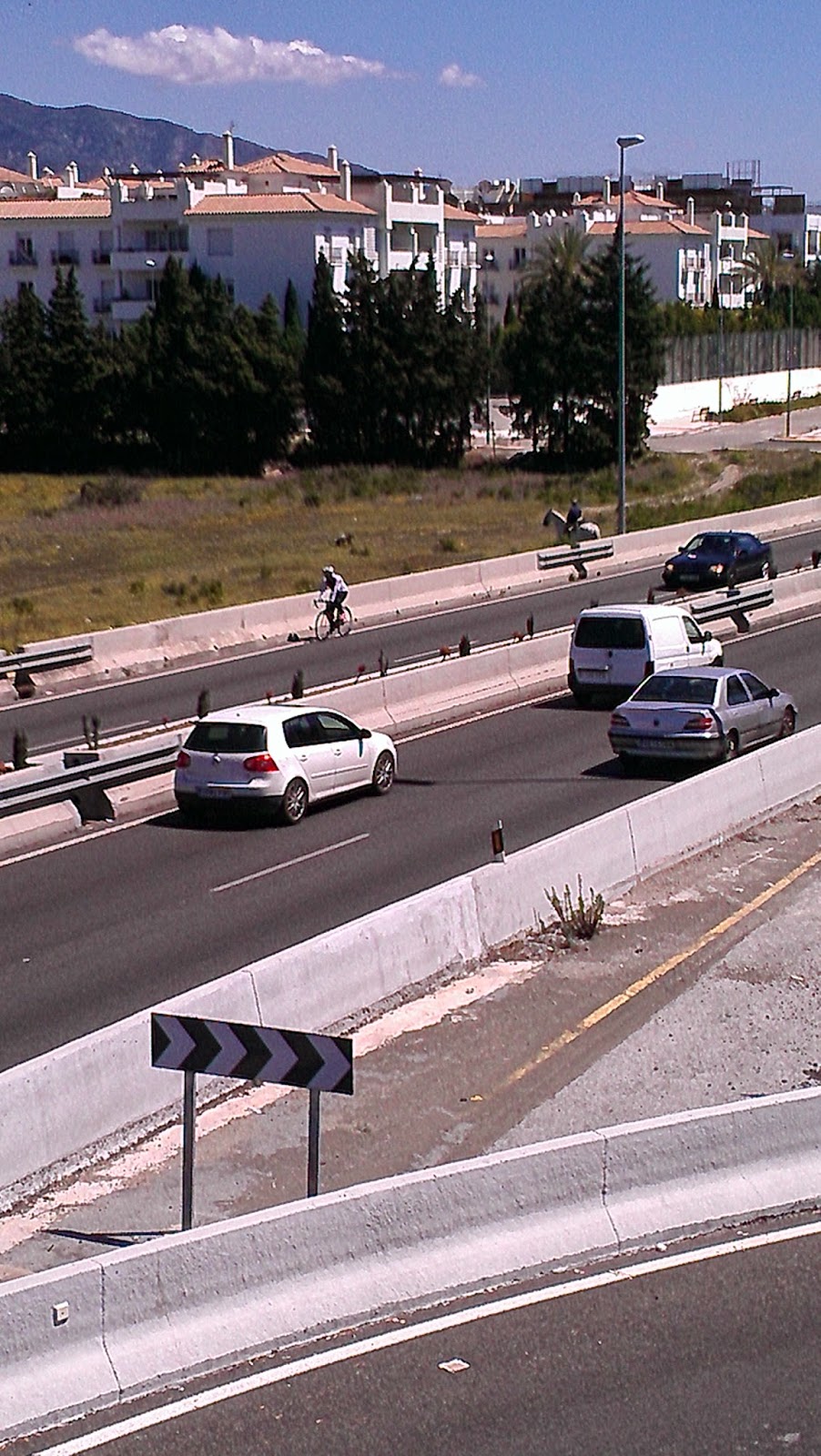 |
| after-school commute – on the overpass |
Thursday
11:30am – It’s Friday! Well, at least for me. It’s my last day of classes for the week. I arrive at the school just in time for my first of 2 math classes.
11:35am – 1:45pm – Back-to-back math classes with the 1st and 2nd year students. I already hate math. So having to ‘teach’ it in English to non-English speakers is not exactly my favorite activity. The profe usually has me work with the students using a prepared handout of exercises. I explain the instructions in English and help the students use English to read the equations and explain their solutions. Most of the time, it goes well, but there are some differences in the way math is done/taught in Spain (commas instead of decimals, methods for division, etc.) that leave me scratching my head. The math profe usually reverts to speaking completely in Spanish (an absolute no-no in my other classes) before the end of the class, so am I often left smiling and pointing like a mute game show host while secretly counting the seconds until class is over. Did I mention that I hate math?
 |
| but when it’s one of the students’ birthday, they do this – which makes math less awful. |
1:45 – 2:45pm – History and geography with the 3rd year students. A cool class since the students are older, and we often get into some pretty deep conversations. Today’s topic: globalization. I lead the students in a brief discussion on how we have all been impacted by globalization. I ask them for examples of music, food, clothing, and TV programs that they like but are not from Spain. Then we do some reading and translation, and finally finish with a video that I found on the topic. The students give a huge round of applause after the video, and I spend the last few minutes of class having them share their opinions on why they think globalization is good or bad. When the bell rings, I get the feeling that all of us are sad that class is over.
Well, maybe not too sad.
surprising / annoying / amazing things about spain
surprising things about spain
how NOT amazing the food is.
The food in Spain is definitely not bad. But it isn’t nearly as amazing as I’d expected it to be. Part of that could be because I live in Marbella, which isn’t exactly hailed for its cusine. The other part could be that, given my teaching assistant’s salary, I try not to eat out too much. When I do eat out, I go for the best value. Maybe if I could afford to splurge on some higher-end places, I’d have a different experience. But for now, I remain surprisingly underwhelmed.
 |
| pan con aceite y tomate. a typical spanish breakfast. when it’s good, it’s good. but usually it’s just soggy bread. |
it’s kind of country.
I live in Andalusia – the south of Spain. Among Spaniards, it has a pretty similar reputation to the South in the United States. Spanish people who live elsewhere seem to think Andalusians are ‘slower’ and have a funny-sounding accent. Even though I live in a fairly large city, it’s quite common to see touches of rural life on a daily basis – like the horse-riding vaquero that grazes sheep, cows, and steers in a big field near my school. Also, I was surprised that much of Spain seems to be uninhabited. When I’ve flown or taken a long-distance train, I’ve seen large expanses of land that have no cities or towns to speak of – only the occasional pueblo / village or often just a small house or farm in the middle of nowhere.
 |
| cattle grazing near my school (and adjacent to a major highway) |
how cold the houses are in winter.
Before coming here, I knew that many Spanish houses lacked central heating, since most are built to be naturally cool during the sweltering summer months. But nothing could have prepared me for how cold it would be inside the average Spanish home from January to early March. Even when the temperature outside was Fall-like, the temperature inside was much chillier. With electricity being very expensive, space heaters are generally out of the question. And even if they weren’t financially impractical, the lack of insulation, and the heavy use of marble, tile, and stucco for interiors would render them almost useless anyway. My #1 saving grace was a hot water bottle that my roommate wisely suggested I purchase, and was my nightly companion for my first two months here. There were many nights that I went to sleep muttering profanities under my breath about the cold, and many mornings where I could see my breath in front of me while getting ready for school. Thankfully, all that seems like a dim memory now that Spring is here.
 |
| i actually bought a space heater, but it ended up collecting dust once i found out how expensive and ineffective it was. |
 |
| my ‘hot water bottle boo’ in granada |
annoying things about spain
dog poo. everywhere.
Spanish people love their dogs. It seems like almost every family here has at least one. And every one of them is cuter than the last. Yet I have no idea why these people feel it’s ok to let their cute little dogs leave unsightly poo all over public areas. If you’re walking down the sidewalk, there’s no such thing as absentmindedly taking in the sights around you. You’d better keep your eyes focused on the sidewalk or else you will definitely end up stepping in one of the many mini monuments of poo peppered all along your path.
 |
| poo |
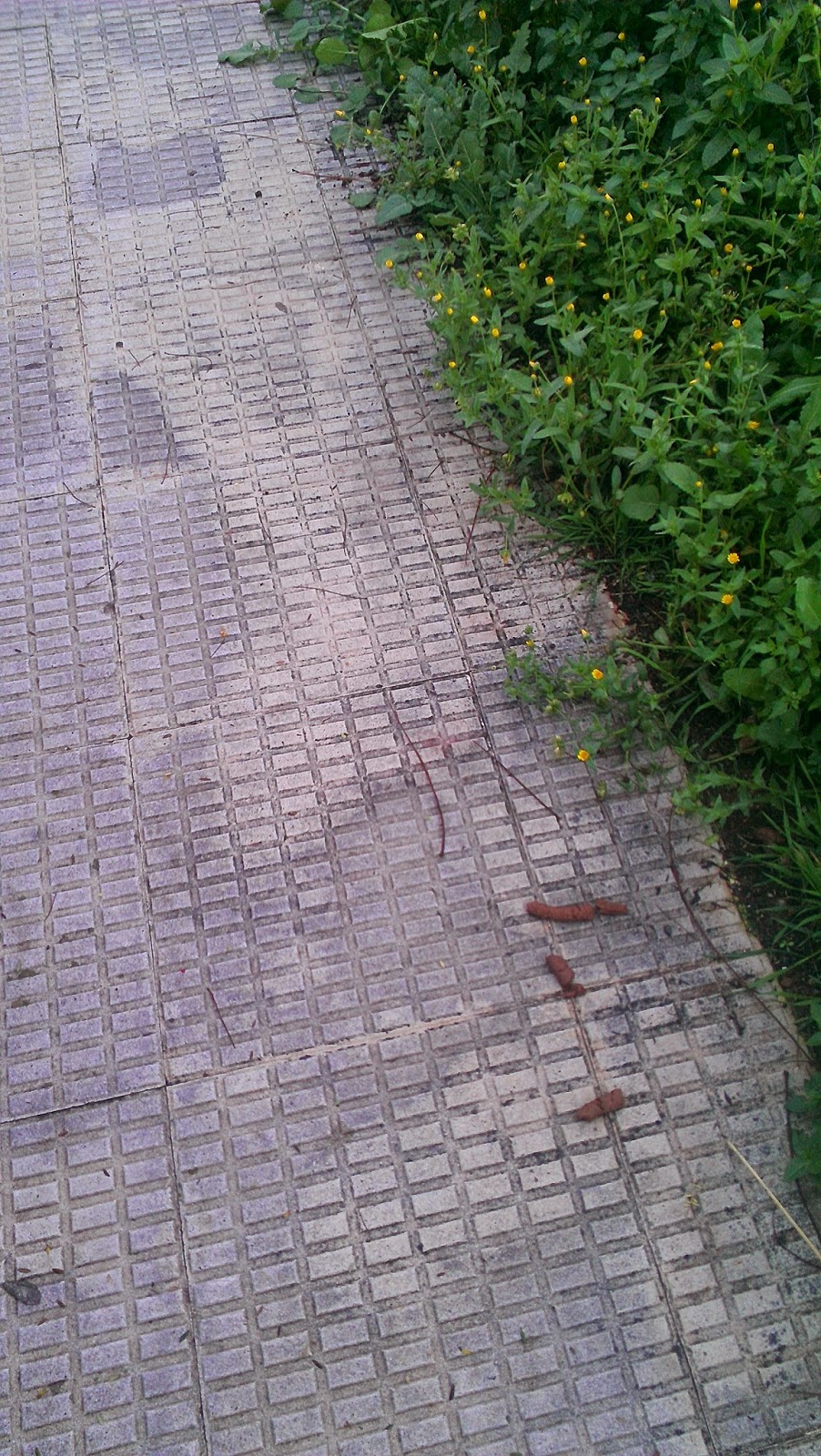 |
| poo |
 |
| and more poo |
spanish people can’t walk. or stand. or generally congregate in large groups.
There are some cities where it’s almost a pleasure to walk in. In crowded, pedestrian-heavy cities like New York, London, or even Amsterdam, most people have figured out how to navigate the streets on foot so well, that you can tell a tourist from a local by the way they walk. The folks in Spain have acquired no such talent. Spaniards don’t walk so much as they meander. On a given day, while walking the streets of almost any city in Spain, at least one of the following pedestrian ‘violations’ are bound to occur:
- Stopping short for no apparent reason.
- Walking 3 or 4 abreast on a narrow sidewalk at a snail’s pace.
- Darting out of a doorway into oncoming foot traffic.
- Tripping or hip-checking another pedestrian with a stroller or rolling bag.
- Having an involved conversation while blocking an entrance/exit.
- Doing 1 or more of the above without awareness or apology.
shhh… it’s a secret.
There’s a certain clandestine nature about vital information in Spain. Info that you would assume should be readily available or clearly communicated, often isn’t, and if you don’t ask specifically, you might only get a piece of the full picture. This secret but valuable info could be anything from a bus schedule or ticket price, to exact directions to a location you’re looking for, or even what day you will get paid on.
amazing things about spain
there is no famine of beauty.
Geographically speaking, Spain pretty much has it all. Glittering beaches, impressive mountains, rolling countryside. And since there are those large expanses of unpopulated space, it makes for some really lovely, truly breathtaking vistas. I can’t count how many times I’ve involuntarily whispered to myself, ‘That’s beautiful!’ There are so many lovely natural and architectural sights in this country that sometimes I think to myself, ‘Ok, Spain. Enough already! I get it. You’re beautiful’.
the lifestyle.
In general, Spanish people are more relaxed than Americans about… everything. Sometimes, this can be irritating (as is the case with customer service), but for the most part, it’s a huge plus. If there’s one thing the Spanish are good at, it’s enjoying life at their own pace. This is not to imply that the Spanish don’t have worries or issues that they struggle with on a daily basis, but rather to highlight that there’s not also a constant undercurrent of external stress from hectic schedules, long work hours, few vacations, and infrequent naps that they have to contend with. Besides that, most Spaniards seem to make the most of what they have, even if they only have a little. The often used Spanish phrase, ‘no pasa nada’, is the Iberian equivalent of ‘no problem, mon’ or ‘no worries, mate’, and it adequately sums up how many people here approach life.
the transportation.
Even without a car, it’s incredibly easy to get around within a particular city, and especially between cities. The buses and trains within Spain are extremely reliable and comfortable. Way better than Amtrak and Greyhound in the States. High-speed trains can be a bit pricey if you’re on a tight budget, but offer huge time savings. Buses are usually very affordable when travelling between cities, although they may not be the most convenient where timing is concerned. Yet both are clean, comfortable, and well-serviced. It sets the perfect stage for easy, affordable weekend excursions.
how amazing the food is.
While restaurant food underwhelms me, the quality and price of grocery store goods makes me very happy indeed. Mind you, I can’t find everything that I’d normally cook with at home, but the produce and meat available here is of much better quality than in the US. And the prices for most non-packaged goods are comparable, if not much better. Especially the fish and seafood. Seriously, there are days when I just go to the seafood counter at the local grocery store and just drool. There’s stuff there that I have absolutely NO idea how to cook, but I geek out just looking at it.
class is in session
My first day of class was Monday, January 13. I awoke as excited as I used to be on the first day of school when I was a kid. I had even laid out my clothes the night before, choosing just the right combination of items that I hoped conveyed the message, ‘I’m cool, but I’m here to work, too’.
Like most first days, it was a bit of a blur. I arrived and met the school’s bilingual coordinator, Mila, who, for all intents and purposes is in charge of me. She was extremely excited to see me and I could tell that she was more than a little bit relieved that I was older than the previous two auxiliaries that had been at the school before. The one from the previous year, she told me, was a guy named Curtis from New Orleans. Apparently he was nice enough, but according to Mila, he was more interested in vacationing than actually teaching or putting in work in class. Plus, many of the students and teachers found his English very difficult to understand. I assured Mila that even many Americans found New Orleanian English difficult to understand. The most recent auxiliar, whom I was replacing, had returned to America after only 2 days in town. She had written Mila an email after only 1 day in class explaining that she was very depressed and needed to return to New York immediately to see her therapist. Because of this, the school had been without an English assistant for pretty much the whole school year. It was clear that the bar for performance had been set pretty low, so I figured I wouldn’t have to try too hard to make a good impression here.
One curious note was that apparently, some of the teachers had been expecting a male to show up. They thought the name Kisha sounded like a guy’s name. No idea why.
Some other observations after my first few days on the job:
- The school bell sounds like a cross between a fire alarm and an air raid siren. Near ’bout had a heart attack the first time I heard it! Grabbed my stuff and everything. Then saw everyone else just carrying on like business as usual, so I figured it must be normal.
- A few of the male teachers were kinda lecherous in their introductions. After Mila escorted me into the teacher’s lounge, they were falling over themselves to say hi or try out their English. One even asked me (half-jokingly) which of them I thought was most handsome. Lawd. They’re totally harmless, though. Pretty typical behavior for Spanish men, from what I hear.
 |
| hangin’ in the teacher’s lounge, aka ‘club profe’ |
- Everyone at school has been extremely eager to help out with whatever I ask for. I mentioned to one of the Spanish teachers that I could use some help with my Spanish, and the next day, she presented me with a stack of workbooks for me to take home for as long as I want. After hearing me lament about my long bus ride from my place to school, Mila went around asking everyone if they could let me carpool with them, I’ve already got two folks that I now ride either to or fro with multiple days a week!
 |
| my spanish workbooks |
- The kids here are very boisterous. Not bad, but extremely talkative and undisciplined. I am already trying to set expecations for how I want them to behave, but I can tell it’s going to be an uphill battle.
finding my place
It’s funny how things work out. Hardly ever like you expect them to, but almost always like you need them to. Well, I suppose that’s how my Spanish apartment search worked out. Before arriving, I’d pretty much put all my eggs in one basket. When I heard from Tonisha while I was back in the States, I was like, ‘Great! This is gonna be the best situation. Living with someone in the same program, who speaks English, and whose name is Tonisha… so she must be cool (yeah, ridiculous. I know).’ But, after I arrived, it seemed like her communication got worse and worse. I was starting to get the feeling that she was no longer interested, and that I should come up with some alternatives. So, I hit the interwebs and started looking for other roommates and rooms for rent. Not an easy task, given the on/off again nature of the wifi in my room. But, despite the difficulty, I managed to come up with a list of about 10 suitable places. I narrowed that list down to a ‘top 4’, and started making calls and sending emails.
Of course, due to my shoddy Spanish, I was really nervous about calling, but on my first one I stumbled a bit in Spanish, before asking if the person spoke English. She did, and we set a time to meet the following day. In the meantime, Tonisha got back in contact with me, plus, I heard back from a couple of other places. Secretly, I was hoping that I would meet with Tonisha and be completely done with the search, but I kept the other appointments just in case.
My first apartment showing was with an older lady within walking distance of San Pedro. I was a bit concerned about the place, since her ad mentioned that she lived with 3 dogs, but the price was right and she was pretty close to the beach… big plusses in my book. The room was a bit on the smallish side and she had another renter already in the place – a Polish girl who I didn’t get to meet during my visit – who I would have to share a bathroom with. After showing me around and explaining everything about the house and the neighborhood, my potential landlady’s tone of voice changed rather abruptly as she said to me, “I have just one rule for the house. No men. Ever.” What came out of my mouth was, “Ok.” But what was going on in my head was, “Girl, stahp. I’m grown! What if my boyfriend wants to come visit? I gotta find someplace else for him to stay? Sneak around like a high school virgin? Ain’t nobody got time for that.” I silently crossed ‘cheap beachy abode’ off my list of contenders.
My next visit was the next day with Tonisha. Like I mentioned before, I was sort of hoping we would meet, fall in love, and be best roomie-buds forever! Sadly, that was not the case. The place was nice and spacious, centrally located in a very cool area in the center of Marbella (about 7km from my school), but Tonisha’s whole demeanor seemed lackluster and really low-energy, almost ho-hum. I tried to engage her in conversation, “What do you do in your free time here?” “How’s your school / work situation?” “What kinds of things do you like to eat / cook?” But it seemed like so much effort to get an energetic response from her, and she asked me nothing in return. Plus, there was also the issue of a shared bathroom. As I left to head to my next viewing, I thought, “Well everyone has an off day. Maybe she’s still a bit tired from travelling back from the States.” I filed her in the ‘Maybe’ column.
I set off for my next appointment, which was a bit far from both my school and the center of Marbella, but I figured it would at least be good to see it for comparison purposes. After deboarding the bus, I started walking, using the directions that I was given by the potential landlady. Since the directions contained only loose landmarks (go past the Shell station, to the second roundabout, and take the 2nd exit), not street names, I quickly realized that I might be lost. I had already walked up 1 very long, steep hill, backtracked and walked up another. Since the weather was unseasonably warm, I’d once again broken a sweat and had to shed my blazer. After about 15 minutes of walking without any sight of the street or house I was looking for, I grumbled to myself, “I don’t care how nice this place is, I can’t live here. It’s too damned far!” I finally gave in and called the landlady, explaining that I’d gotten turned around. Thankfully, she was the one who spoke English, and after giving her a landmark, she said she knew exactly where I was and would come pick me up.
When Simin zoomed around the corner in her little car and stopped to pick me up, I don’t think either of us was exactly what the other one was expecting to see. But we instantly fell into easy, spirited conversation with each other. When we arrived at her house, I regretted my earlier statement about never being able to live here. The place was absolutely gorgeous. A traditional Spanish-style townhouse, with a whitewashed exterior, a nice little garden and a sunny, open terrace. Inside, Simin’s decorating style could best be described as hippie-chic. Nothing matched, but somehow everything worked. I instantly recognized some prints of Frida Kahlo, and noticed that many of her furniture choices were very similar to my own back home. And then, she showed me the room. It was huge! A queen-sized bed, writing desk, and a bookshelf with a closet that could easily be a whole ‘nother bedroom. And the cherry on top of it all? My own bathroom! As she showed me around the place, we continued our easy chatter – we discovered that we’re both into hiking and yoga, and she let me know that even though she was born in the area, she had just moved back after several years away and felt almost as new here as I did. As we wrapped up our conversation, I prepared to leave for my next and final showing. Simin volunteered to give me a lift to the place, since she was headed out in a few minutes. “How nice!” I thought.
The next place was literally a stone’s throw from the beach in Marbella. The apartment was shared by 2 or 3 students, and I would have my own room and bedroom. But when I entered, it definitely looked like students lived there. There was a mattress randomly thrown against the wall in the main living room, and the rest of the place looked like it had been decorated with somebody’s grandma’s leftover furniture. The oven in the kitchen didn’t work, and the sink was full of dishes. There was an absolutely amazing terrace, though. And I would have direct access to it from my room. Still, I knew I wouldn’t be able to live comfortably in the dorm-like environment. I crossed it off the list.
Slightly exhausted from all the walking and viewing, I decided to take a quick break at the beach to mull over my options. In my mind, I really only had Tonisha and Simin to choose from. While sitting and soaking in the sun, I recalled the prayer I’d said before setting out on the hunt today. I’d asked God to help me find a place that felt like home. After a quick phone chat with Bro. Johnson, I dialed a number.
“Hola, Simin! It’s Kisha.”
“I don’t think I’m going to find a place that’s a better fit than yours. If it’s ok with you, I’d like to take the room.”
————-
Pics of my new place:
 |
| my roommate, simin |

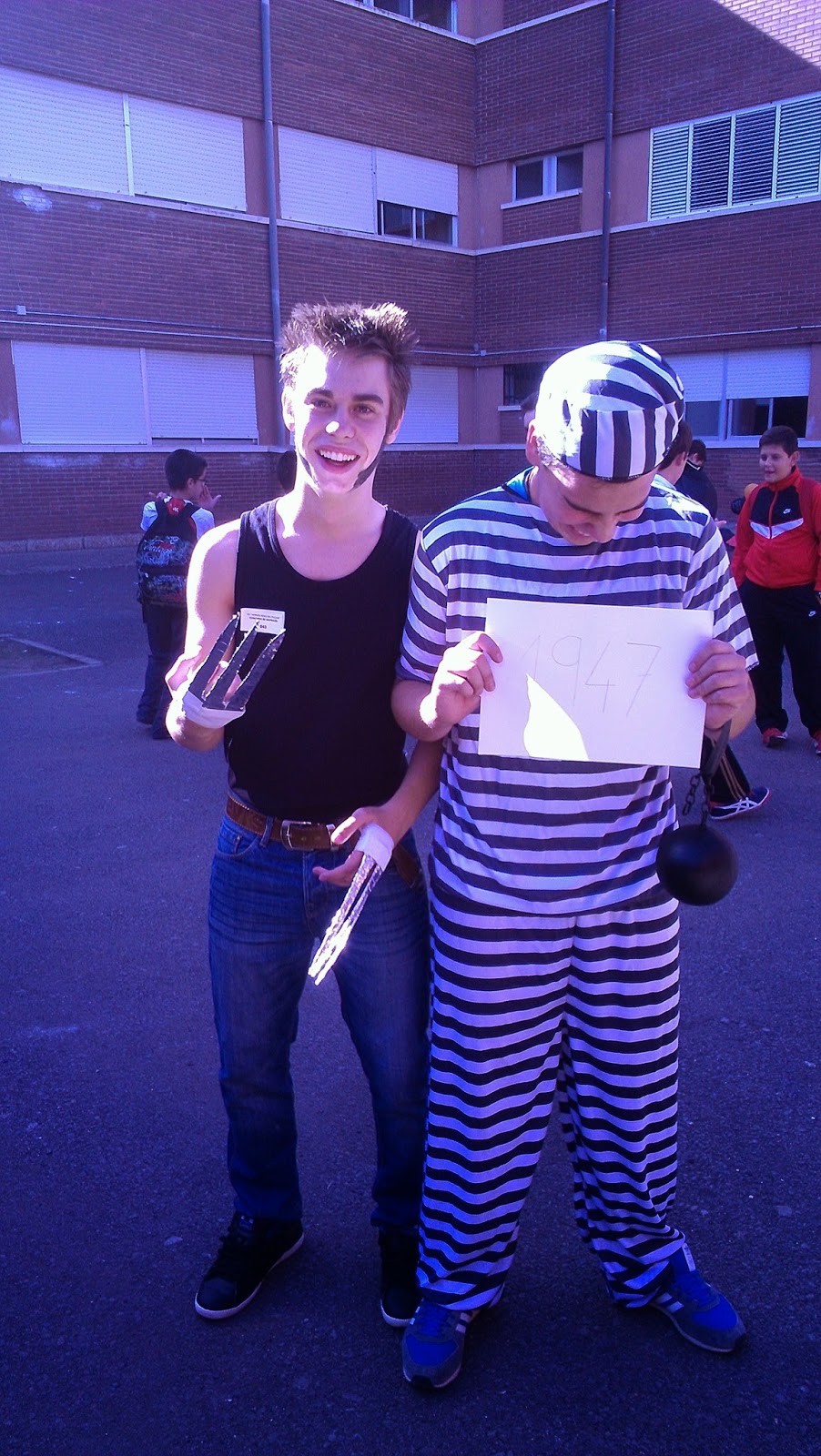

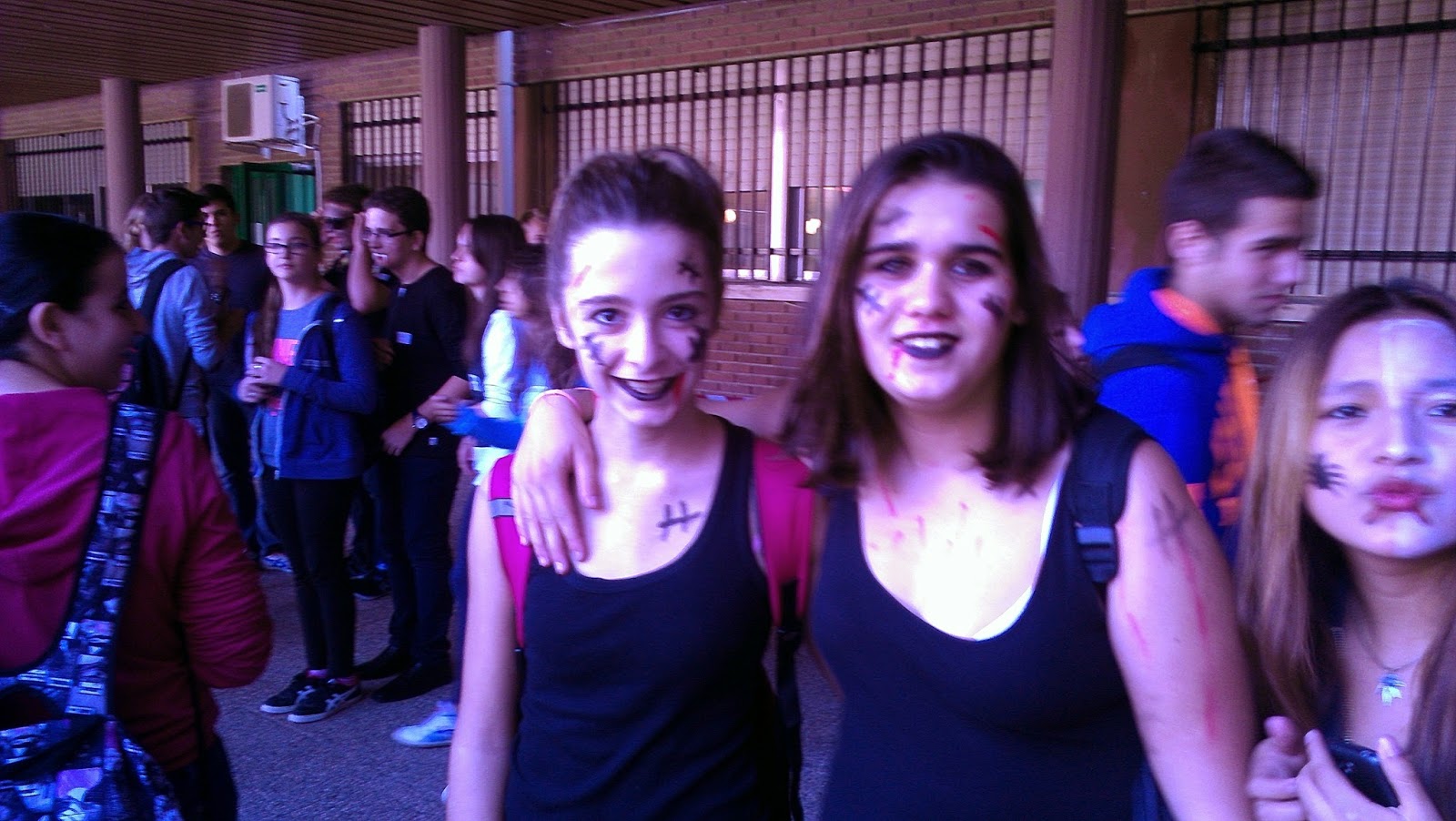
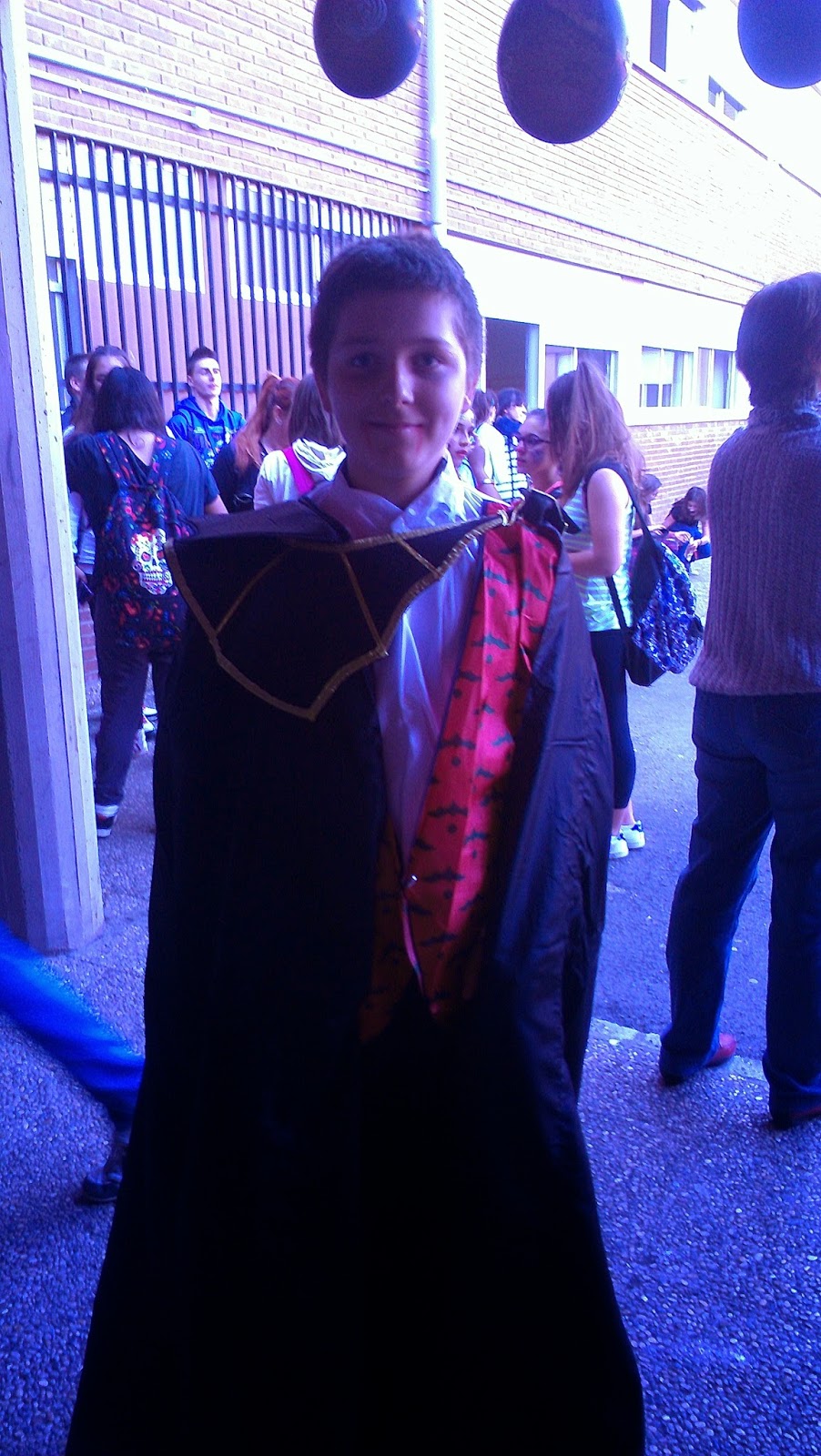


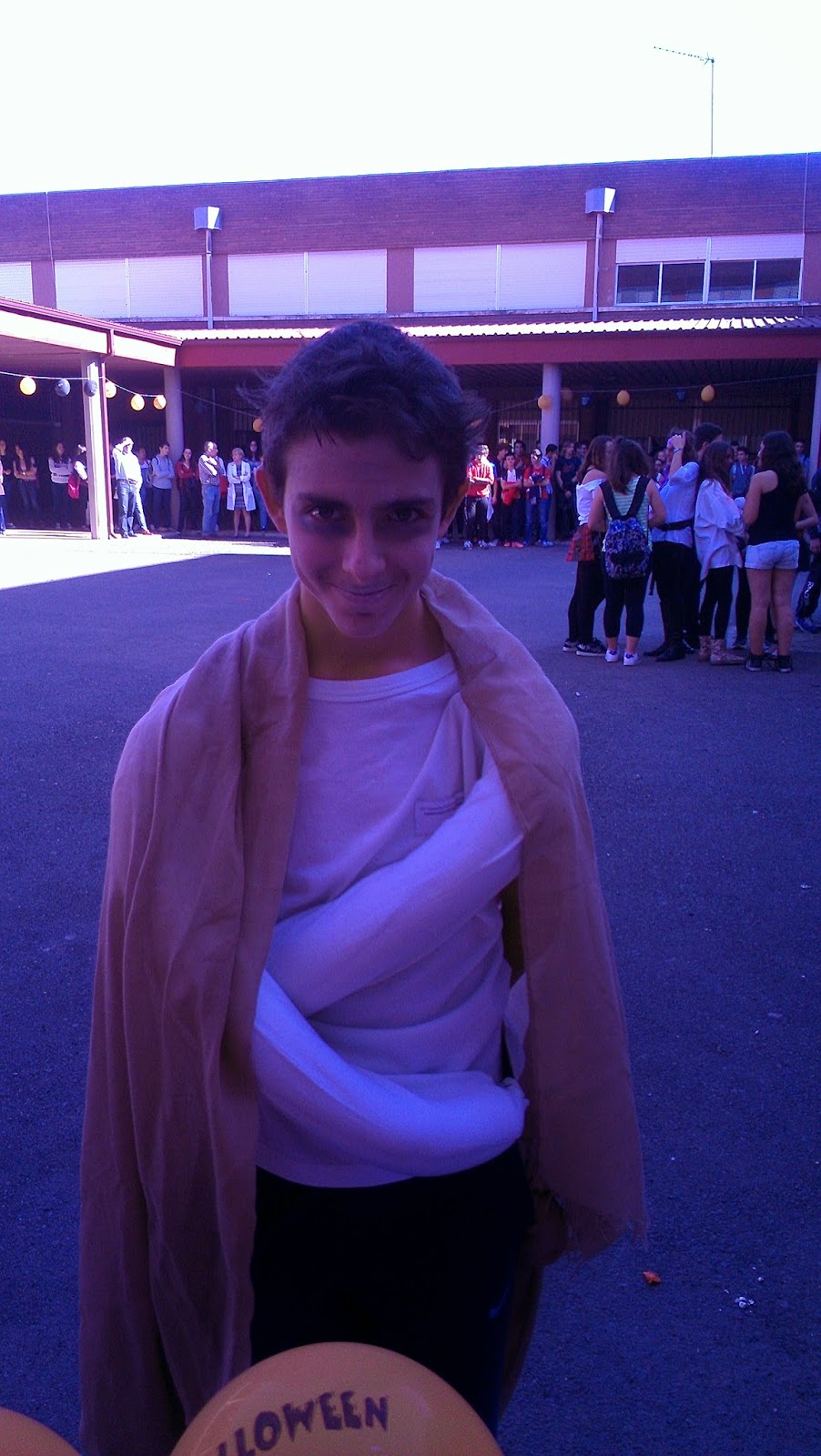
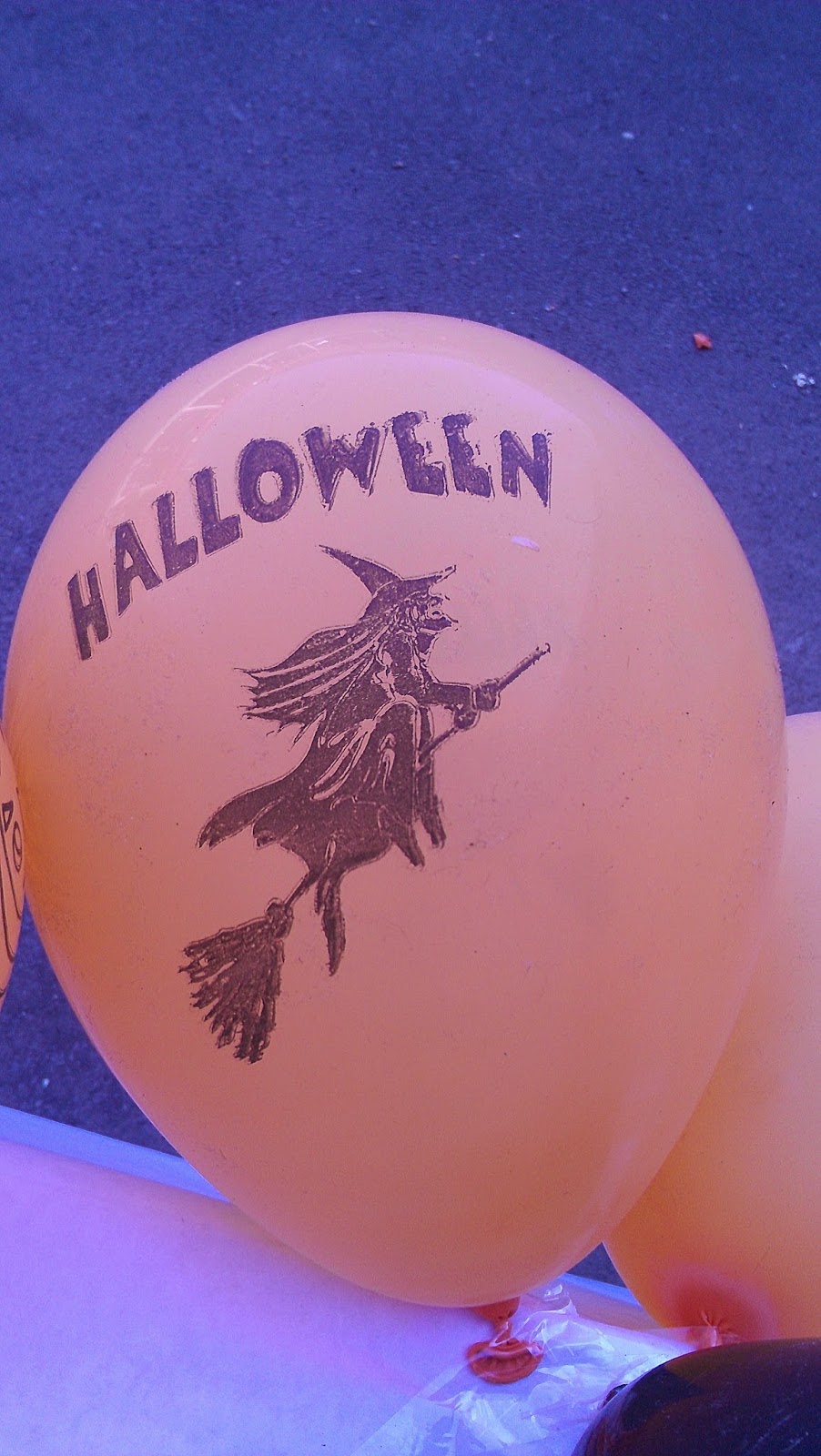
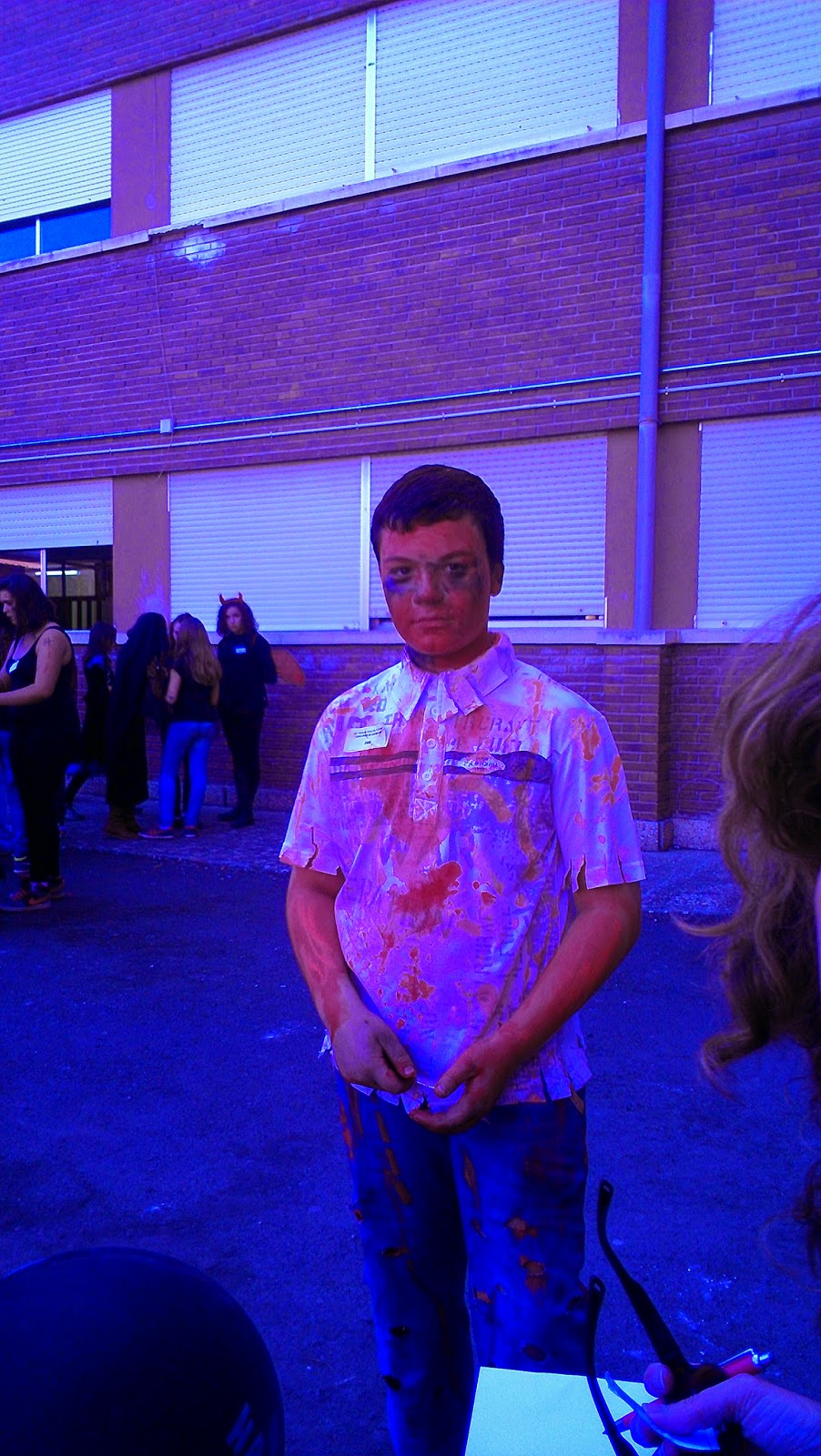
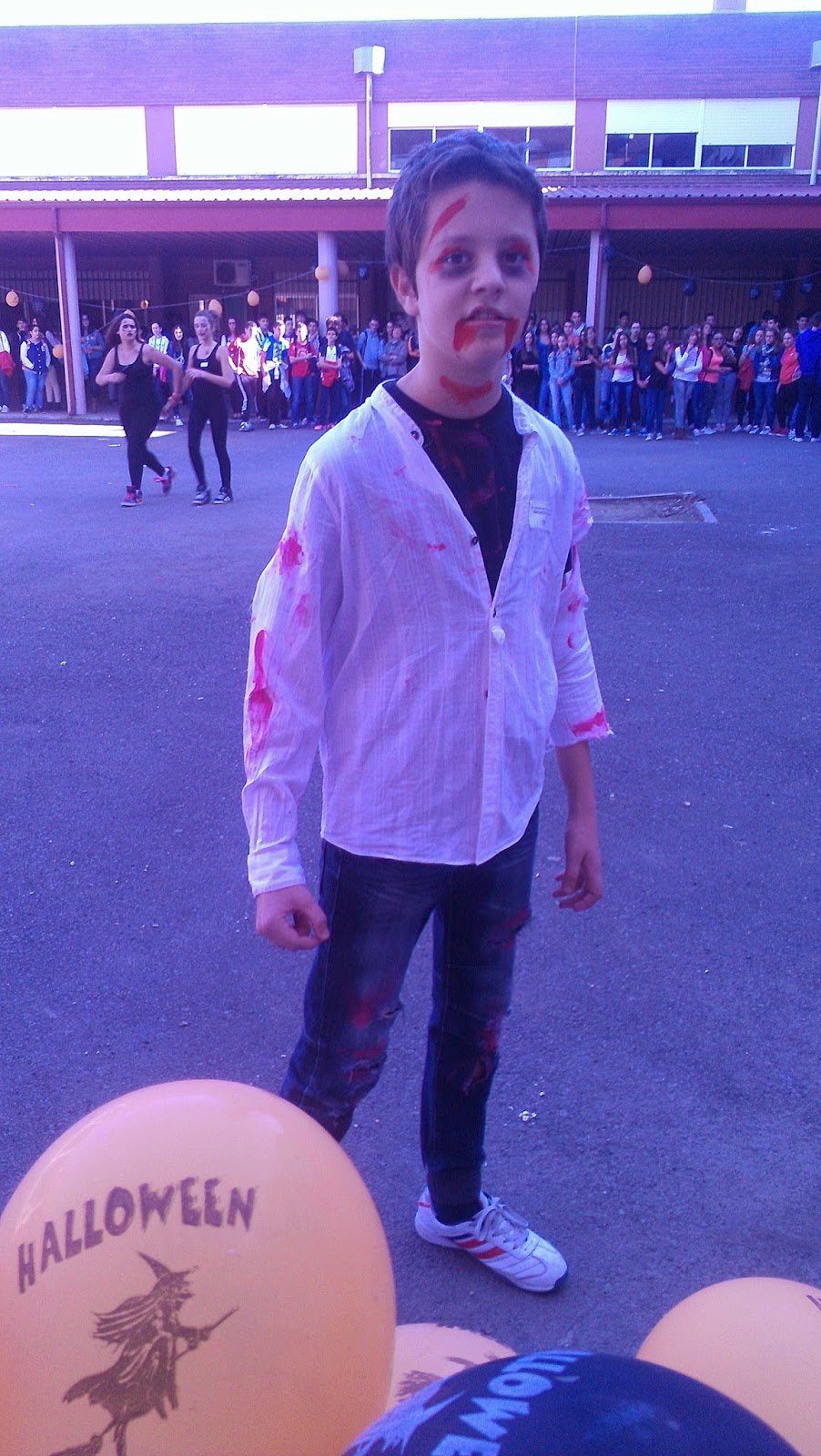

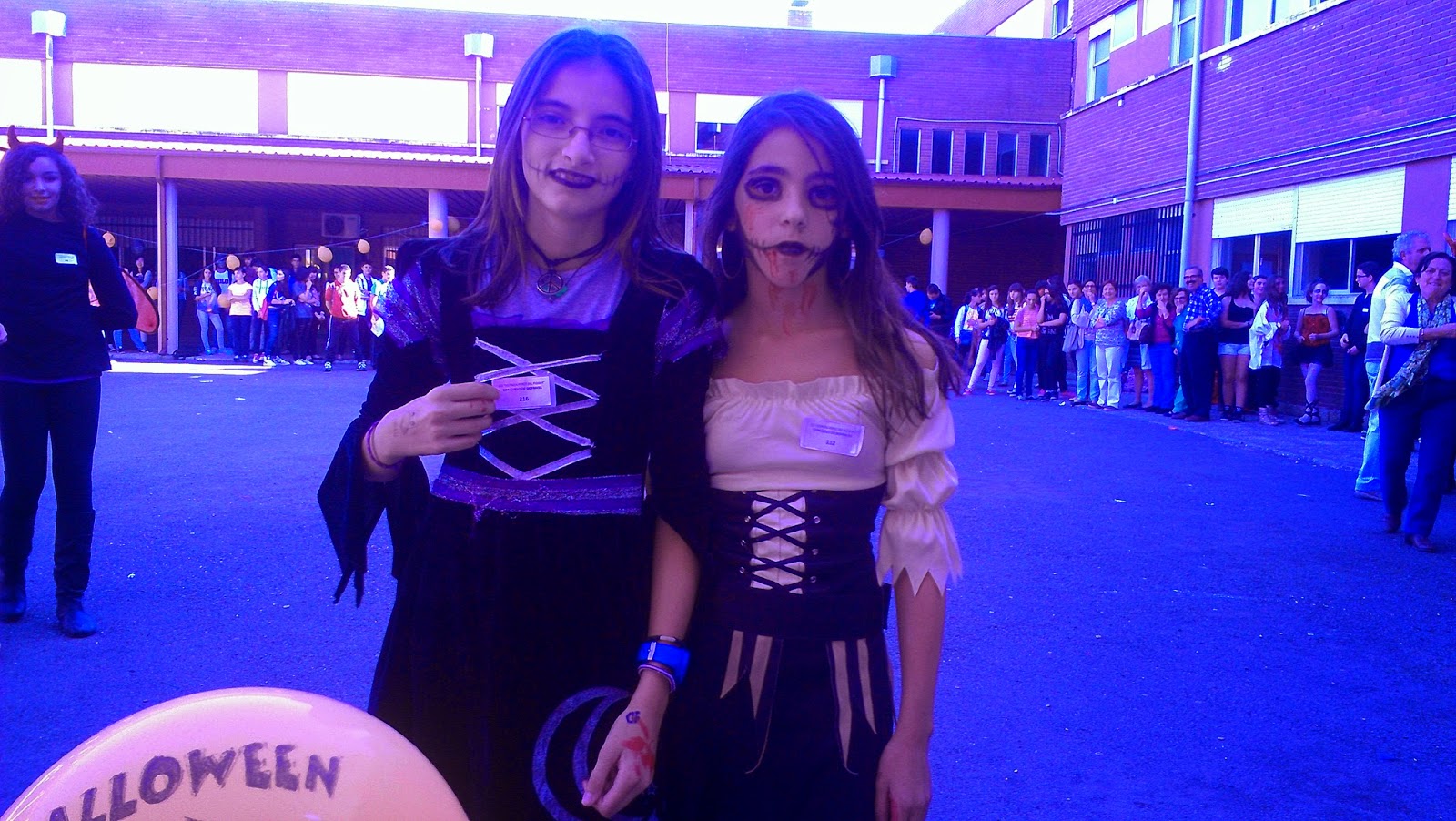

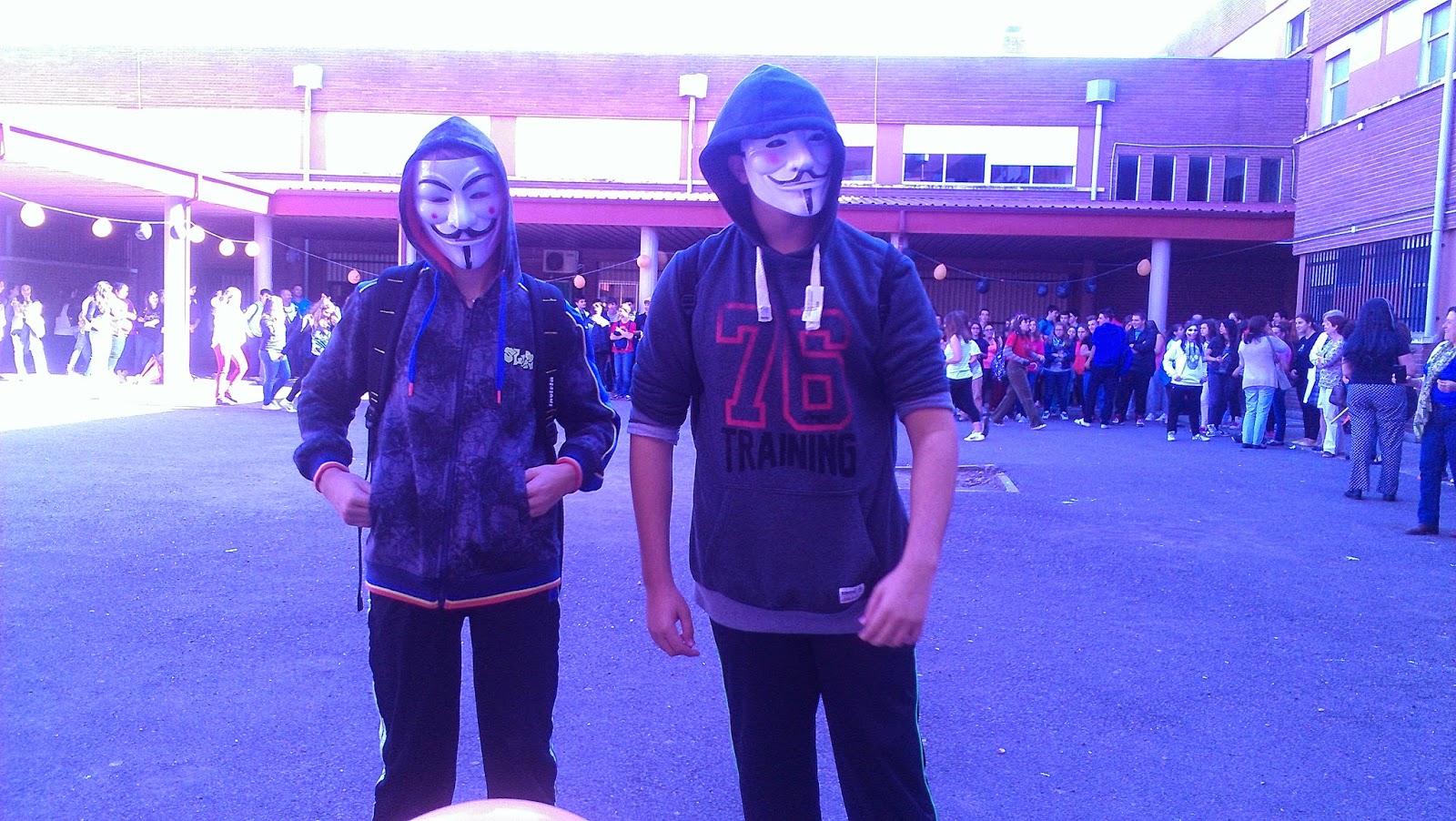
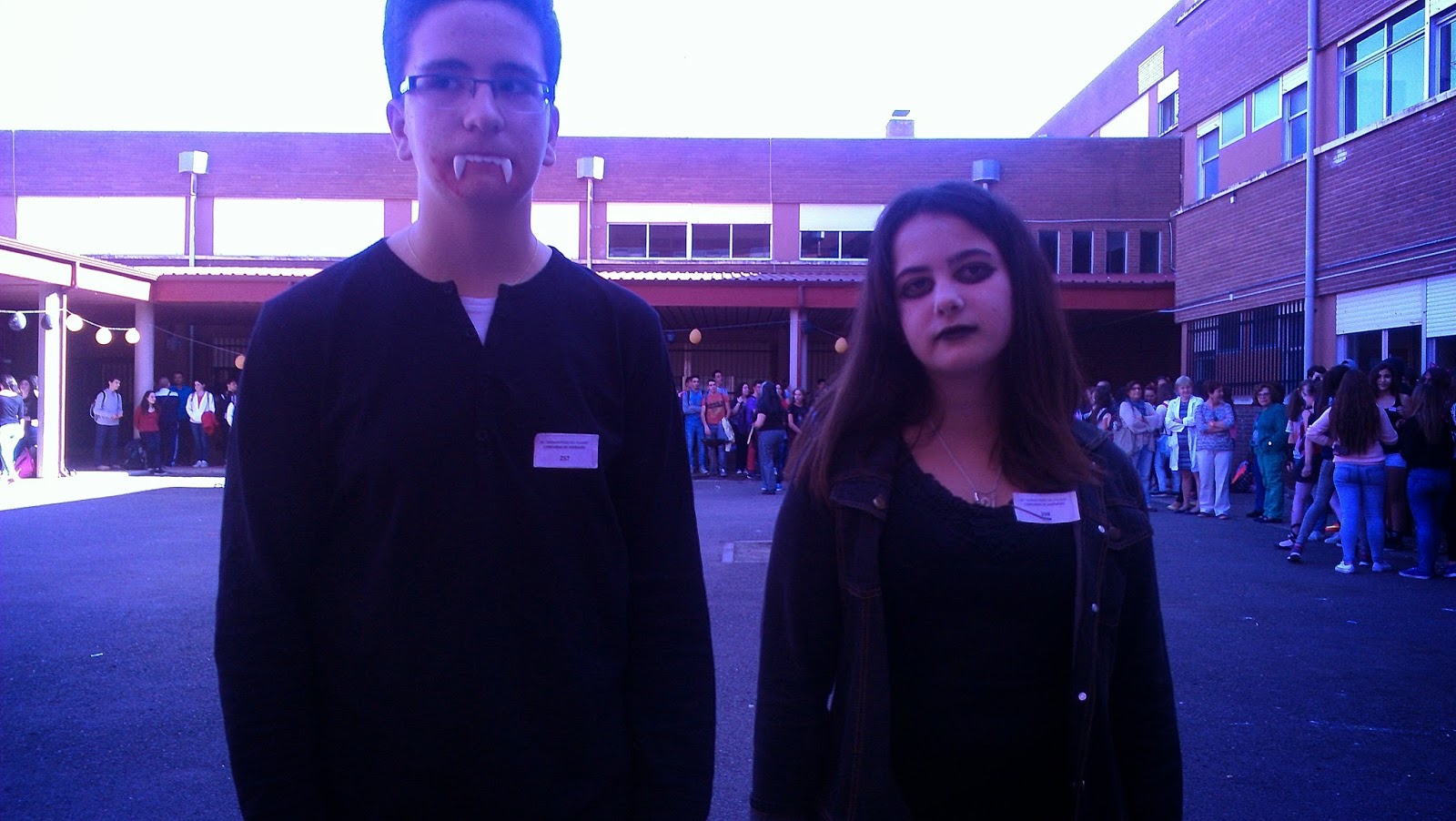


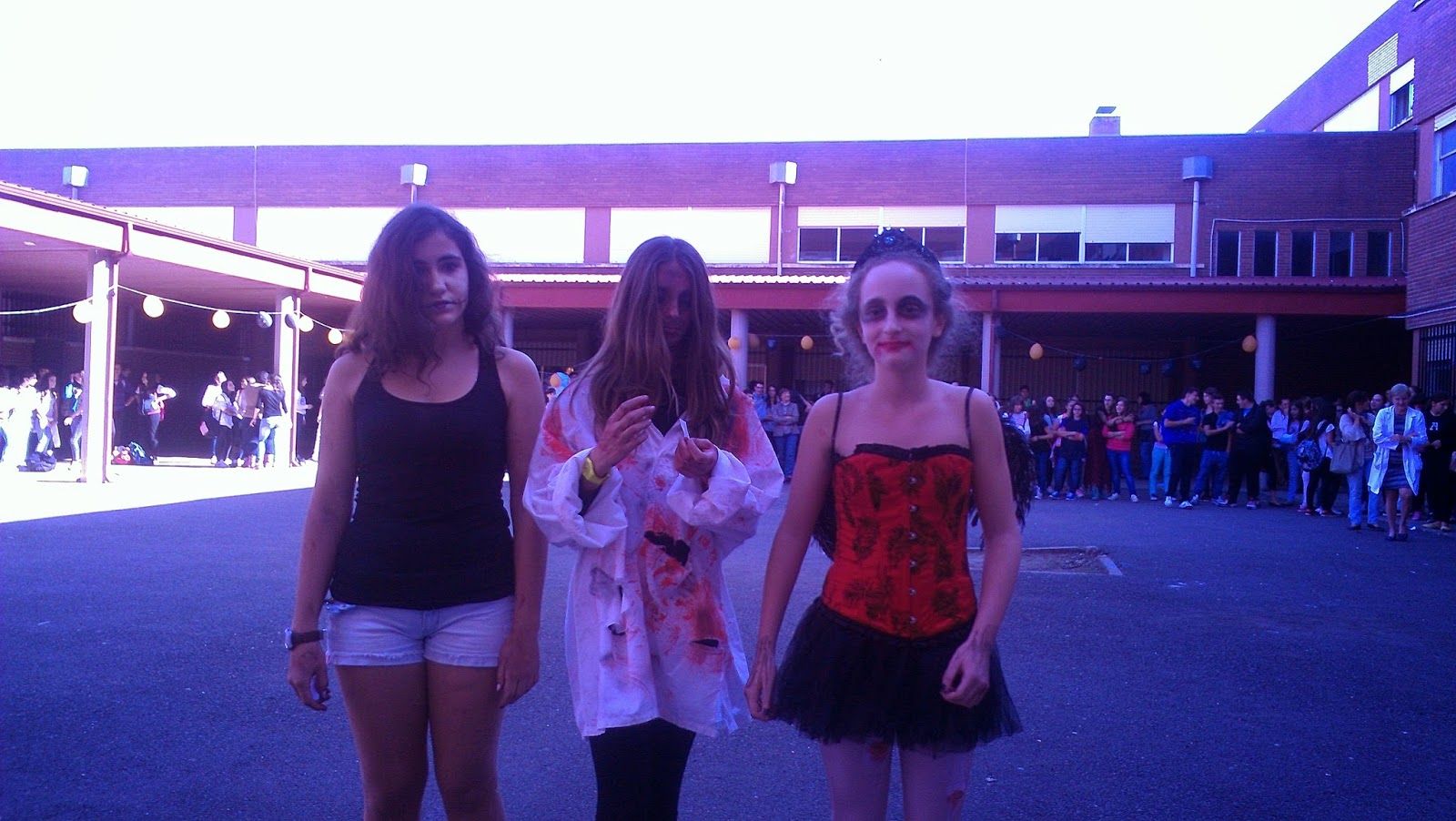
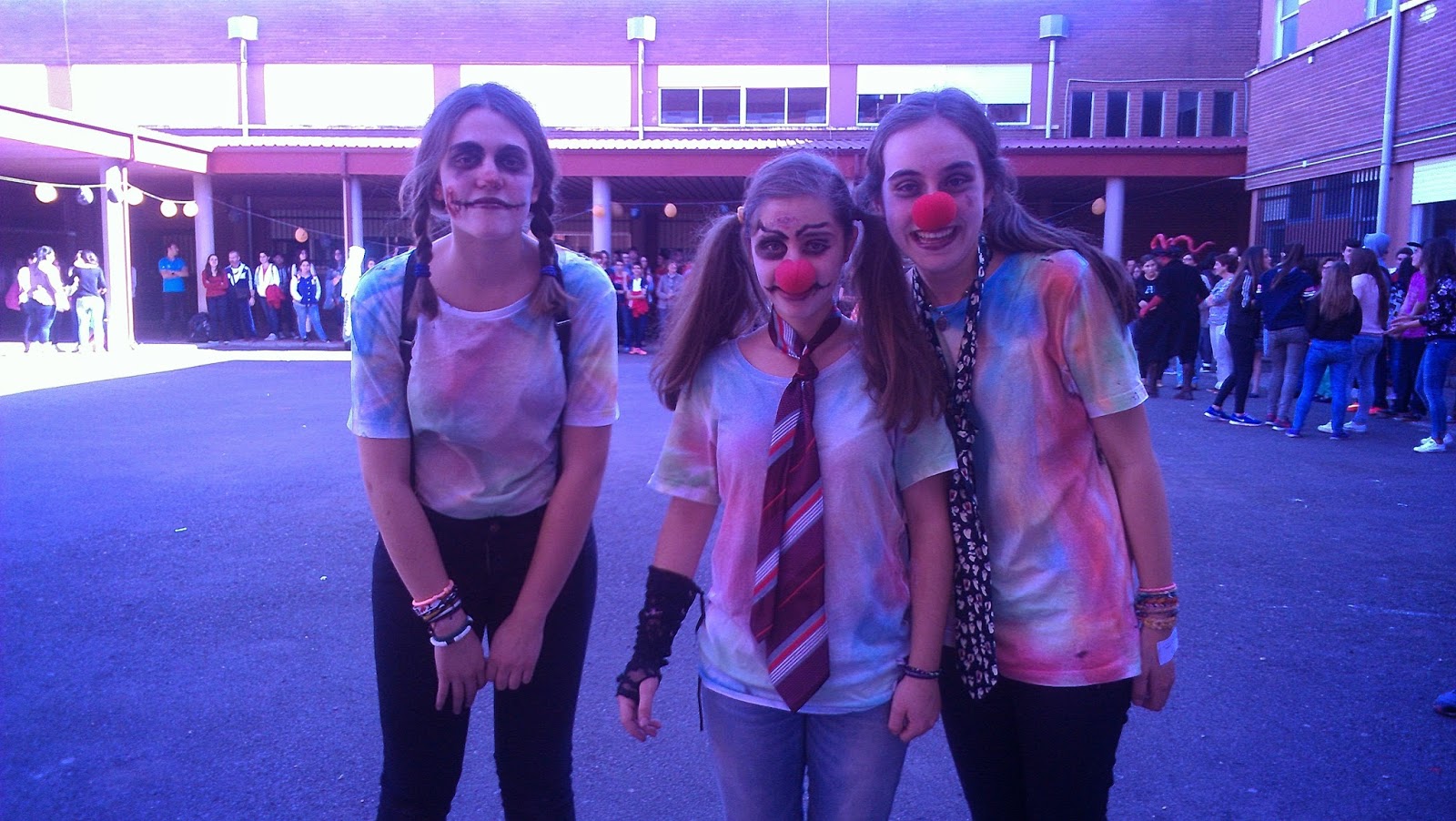
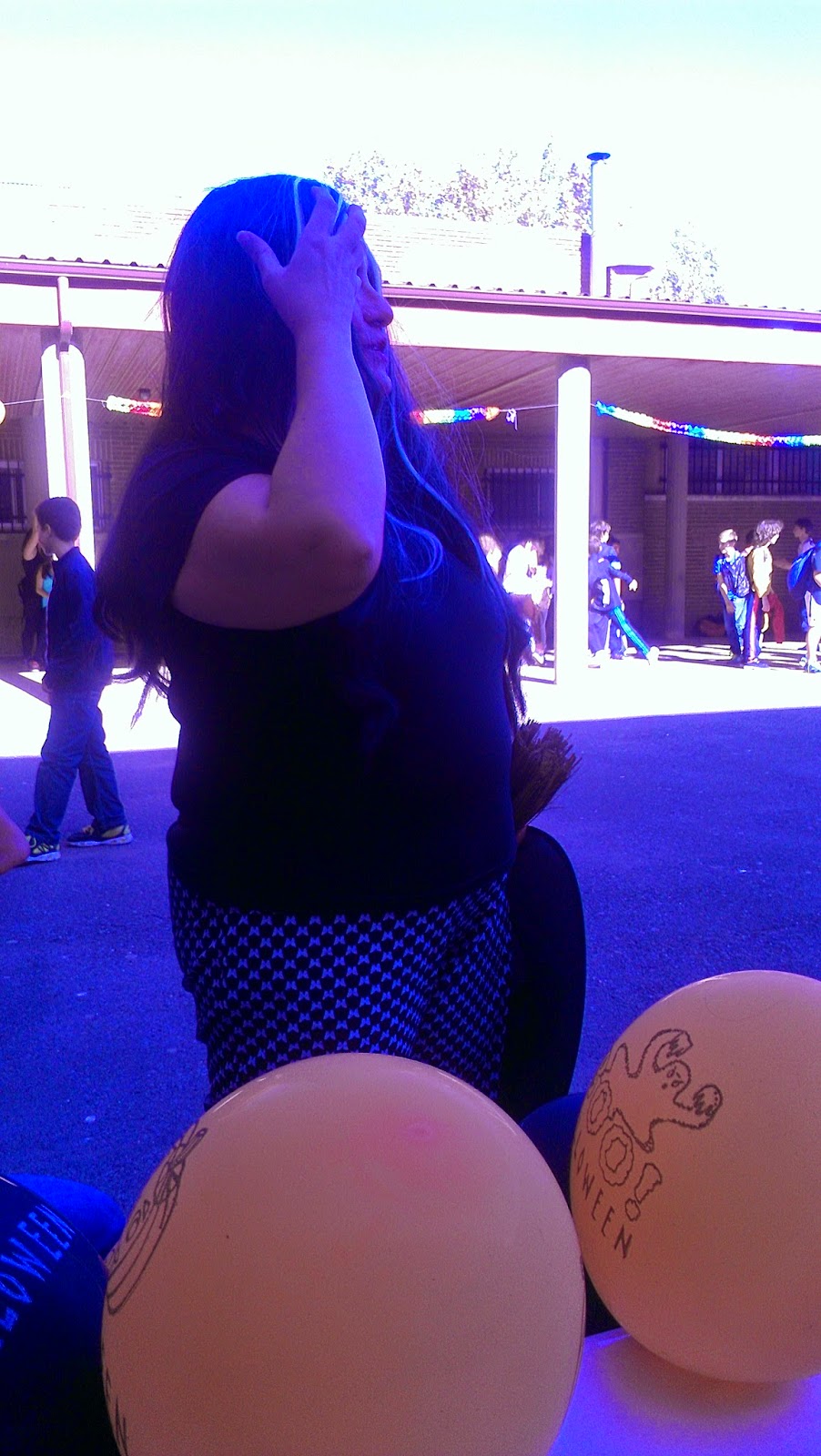
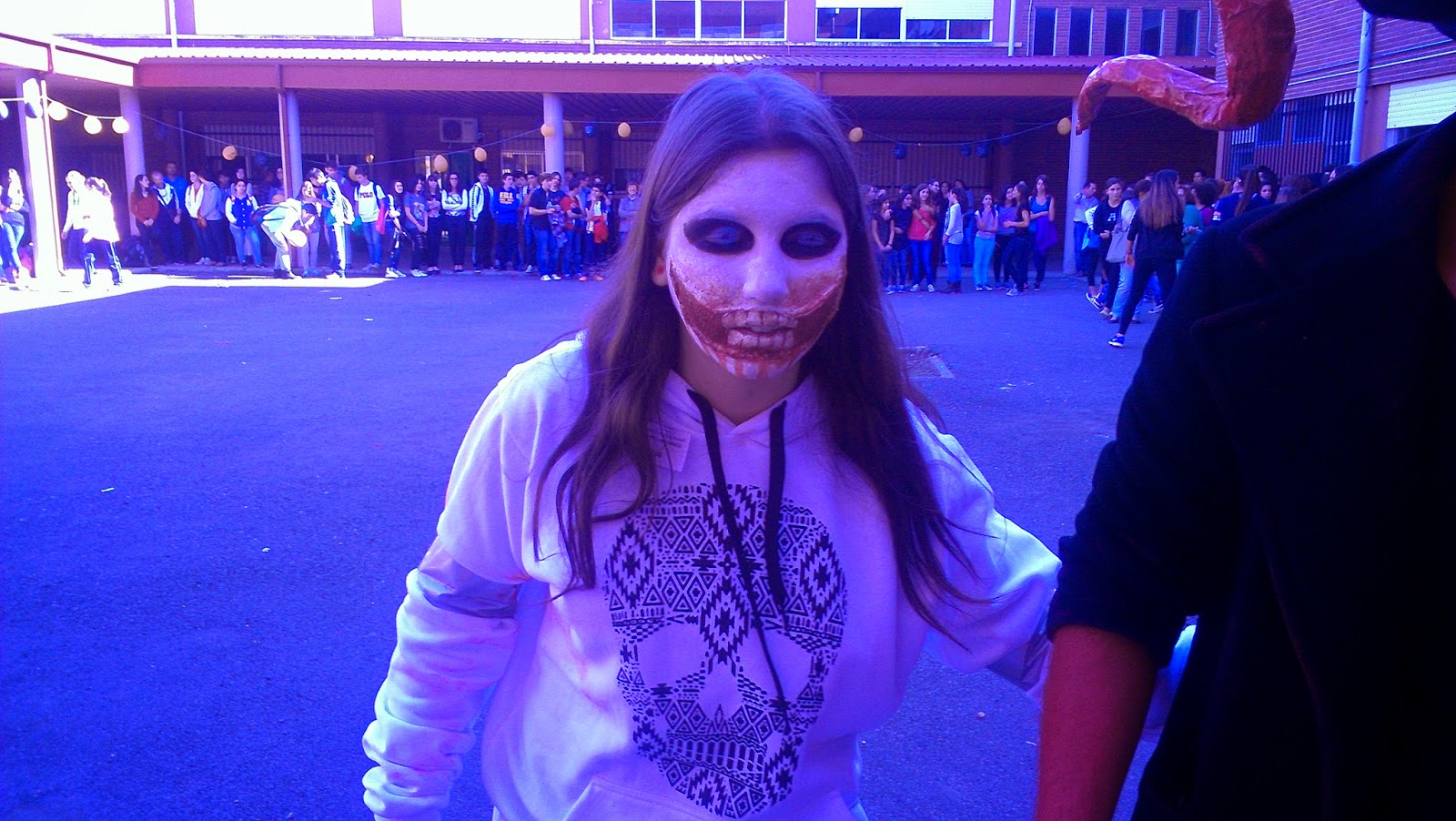
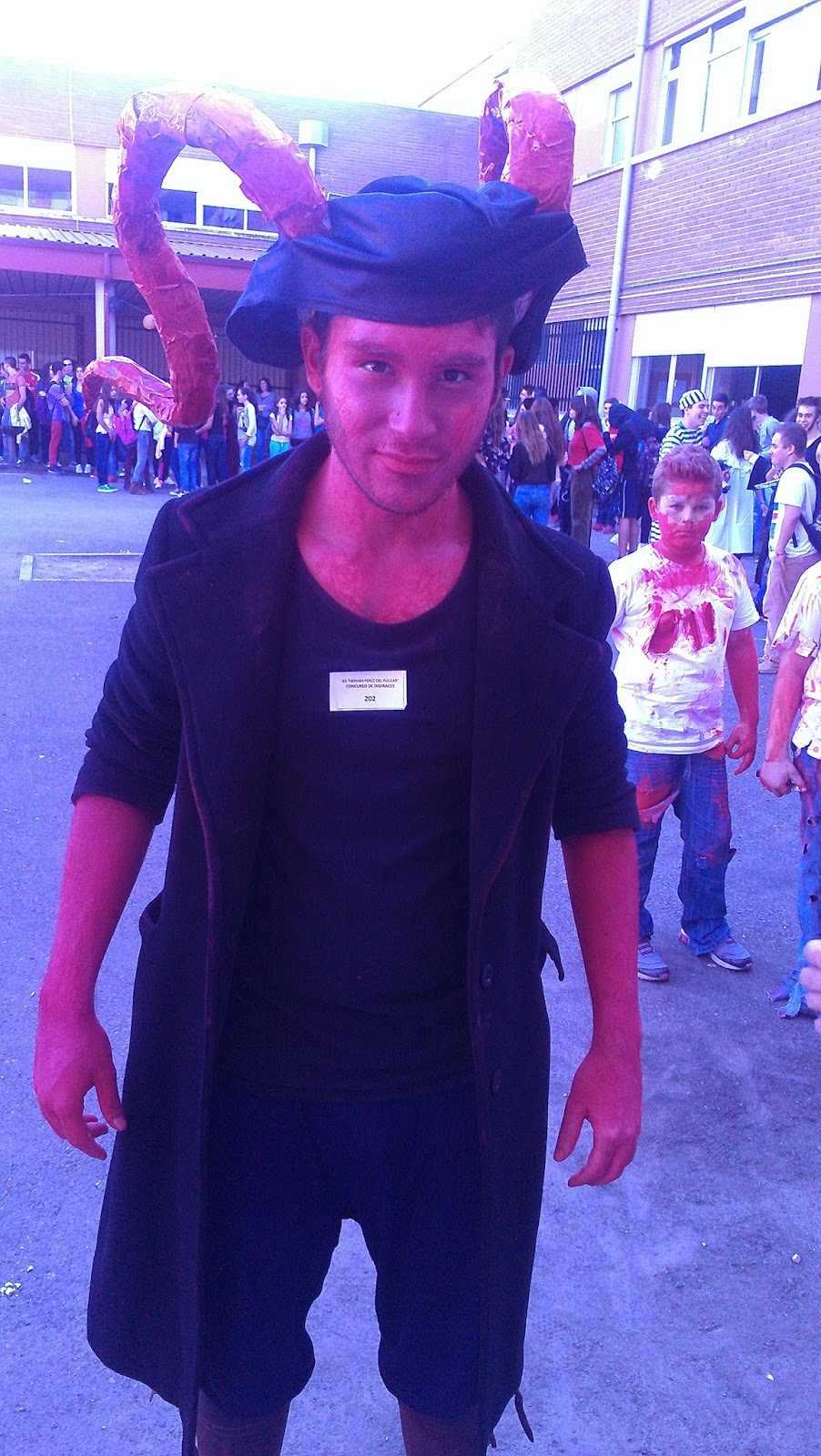

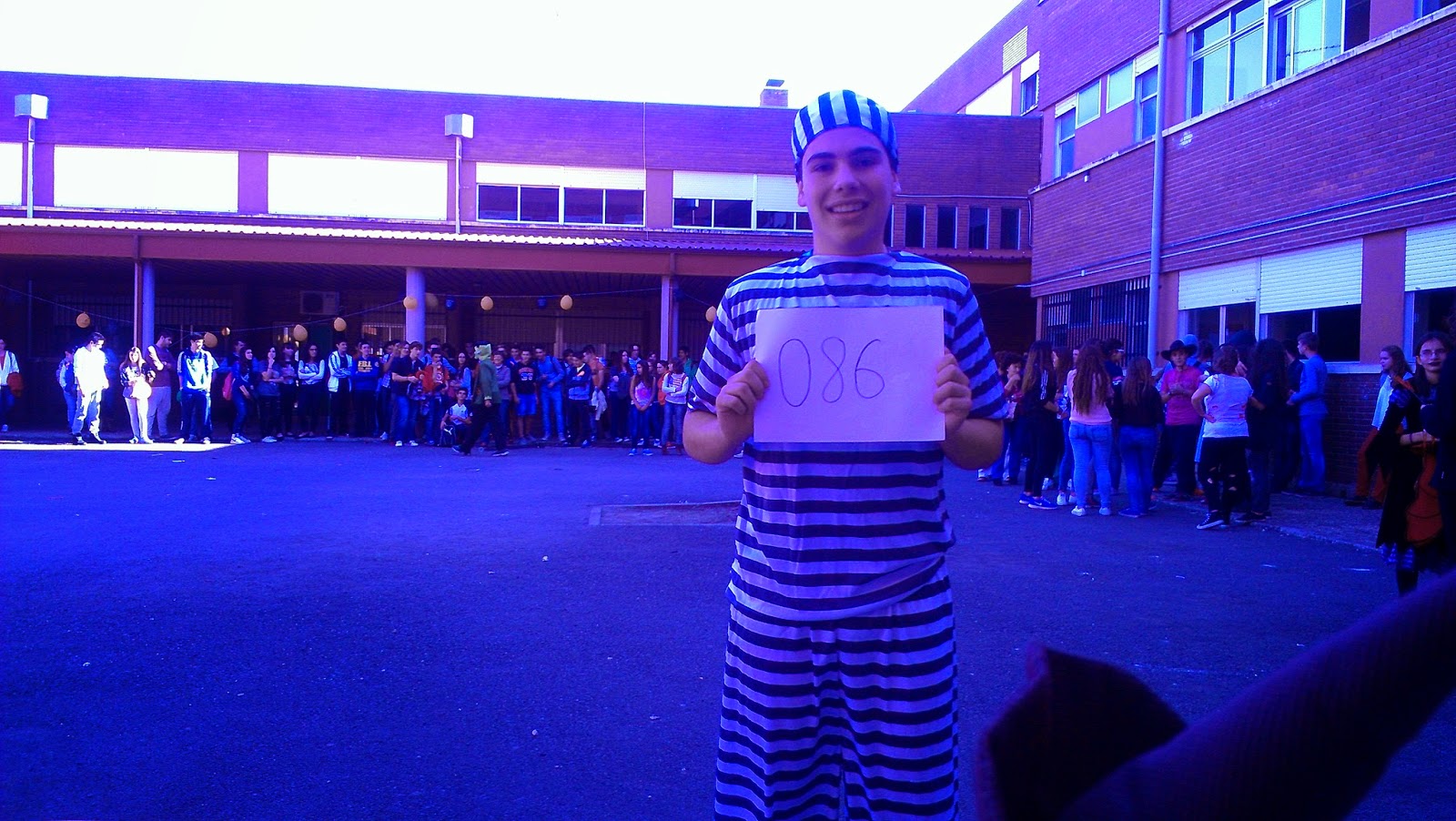

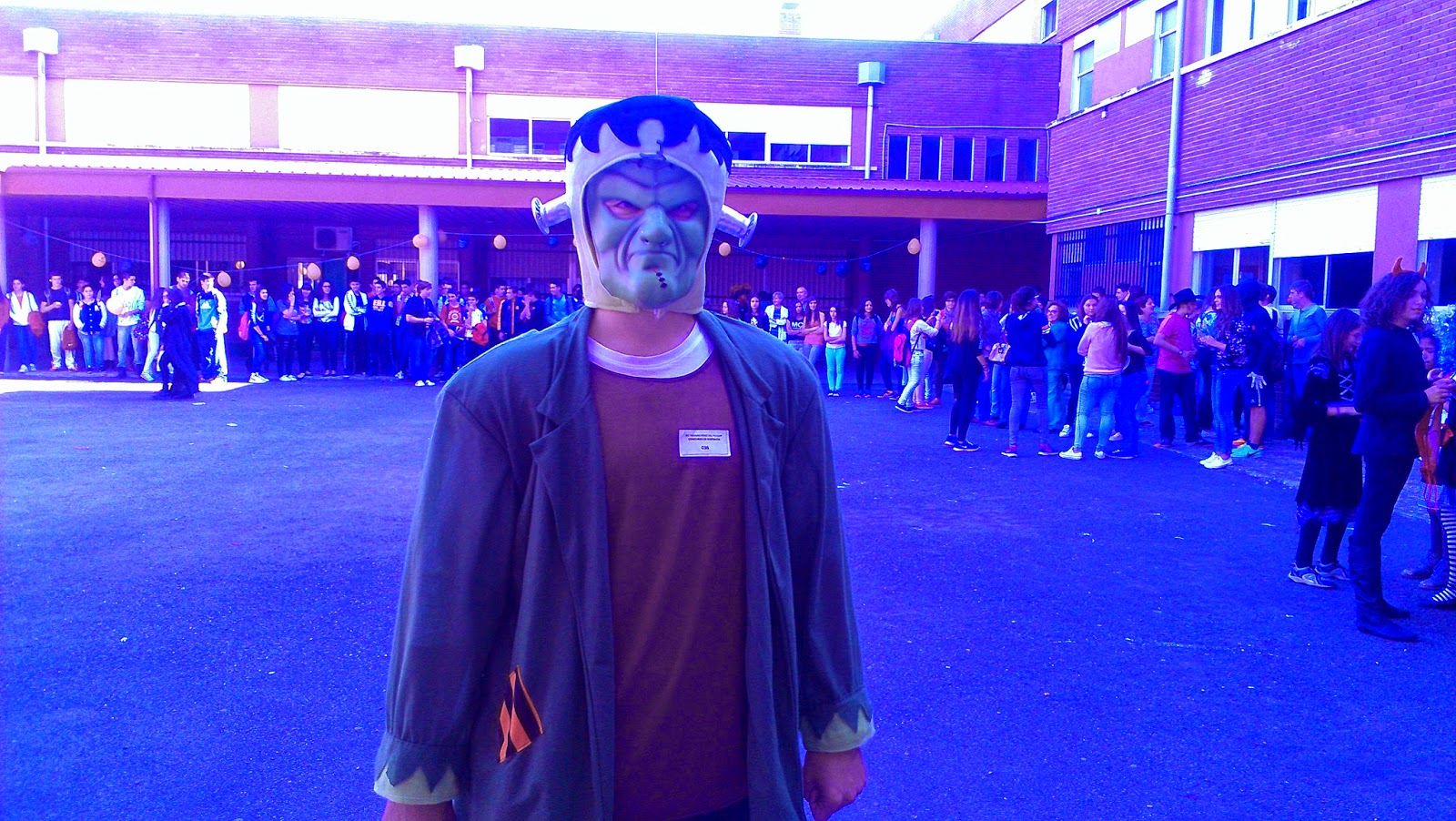























































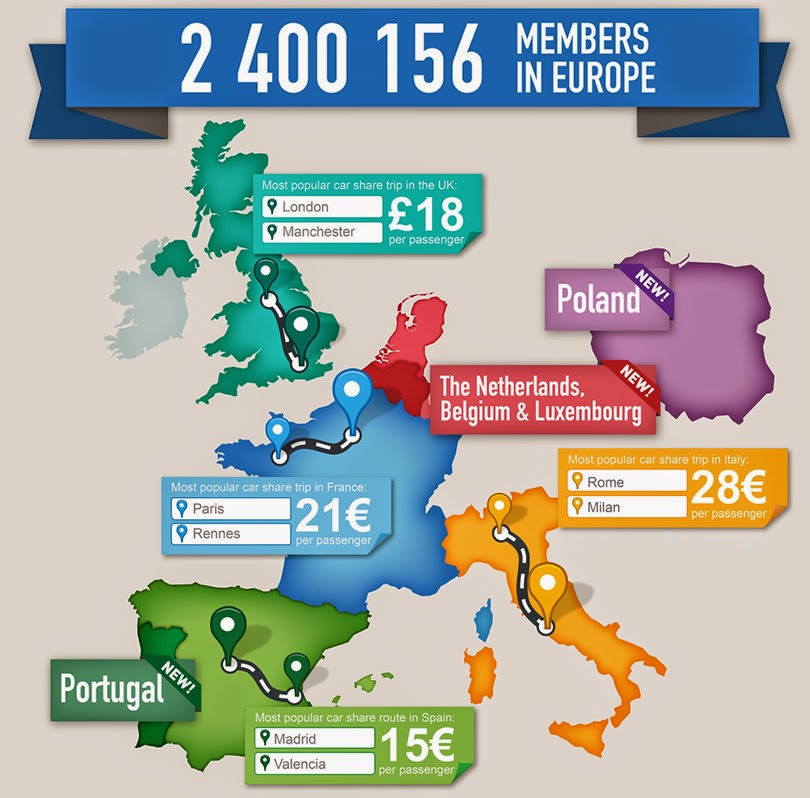

.jpg)
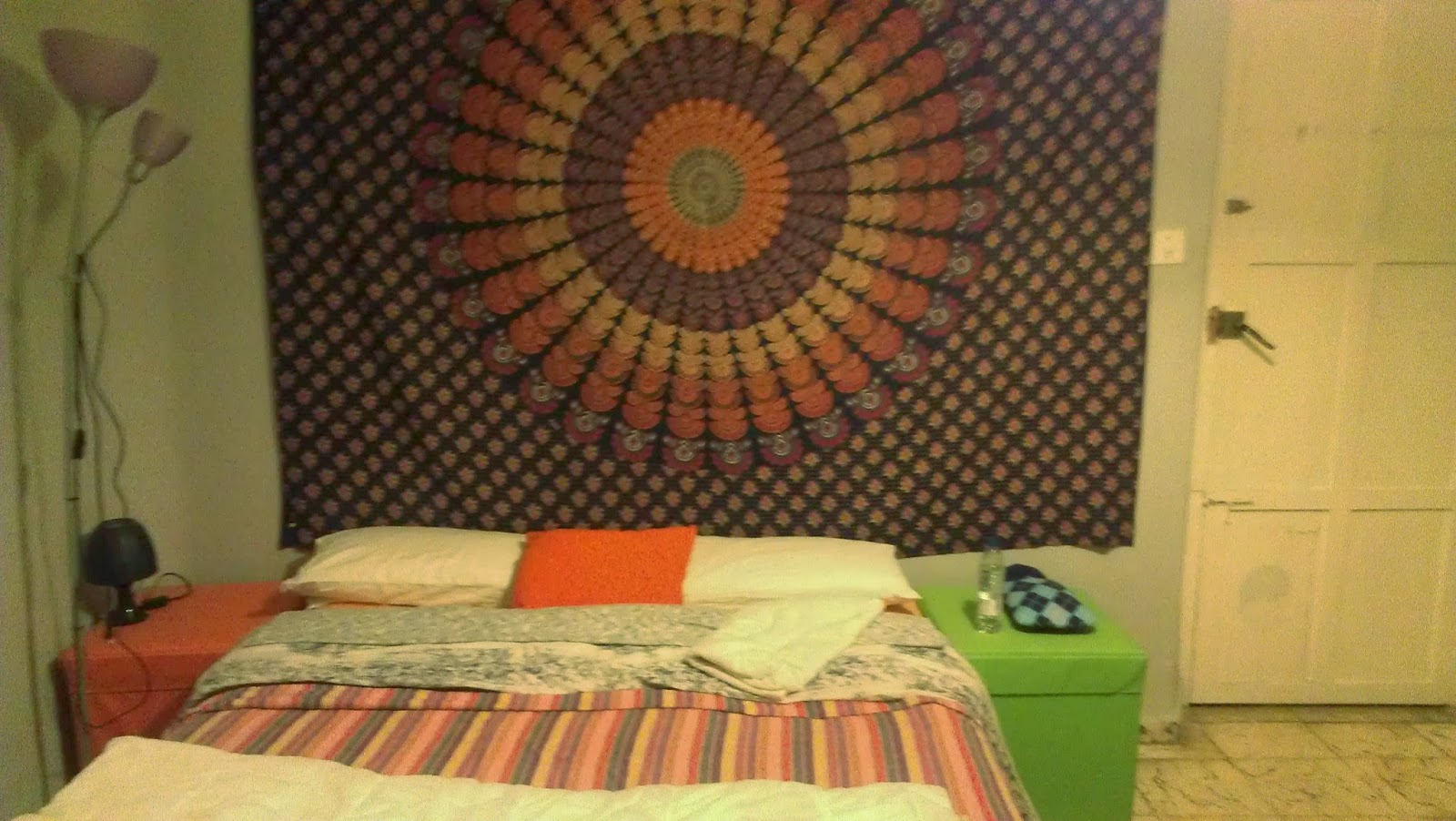.jpg)
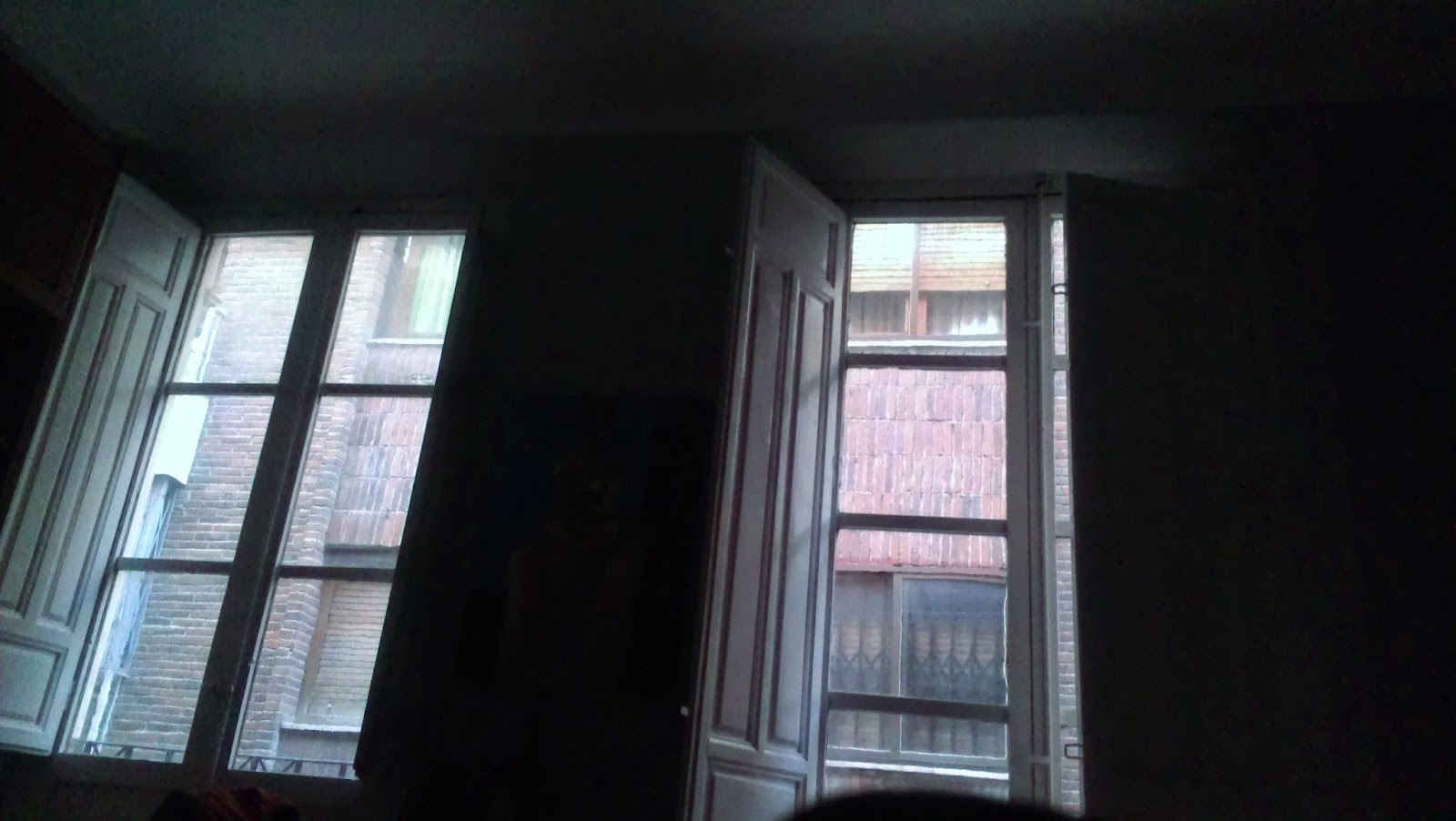.jpg)
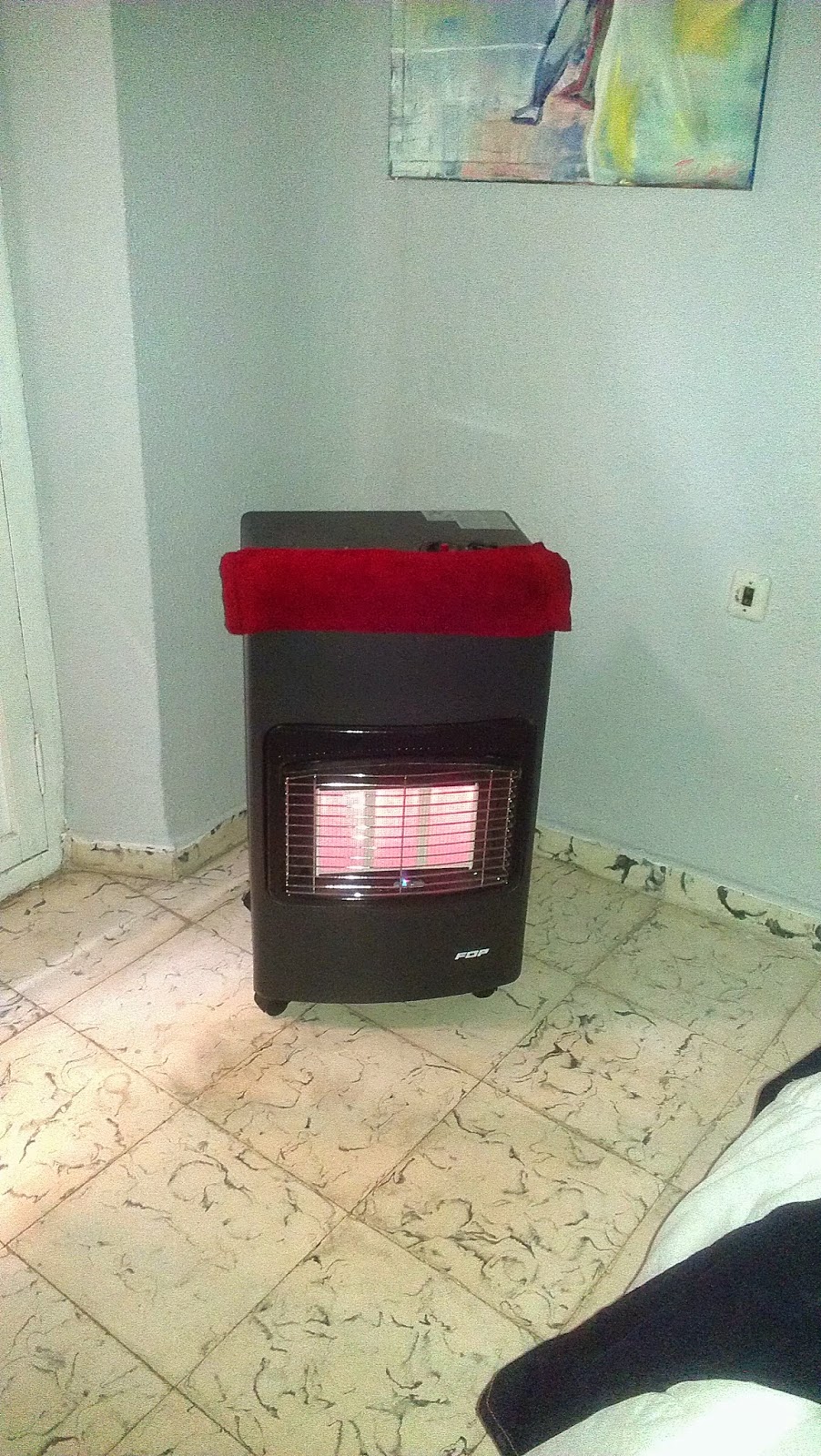.jpg)
















































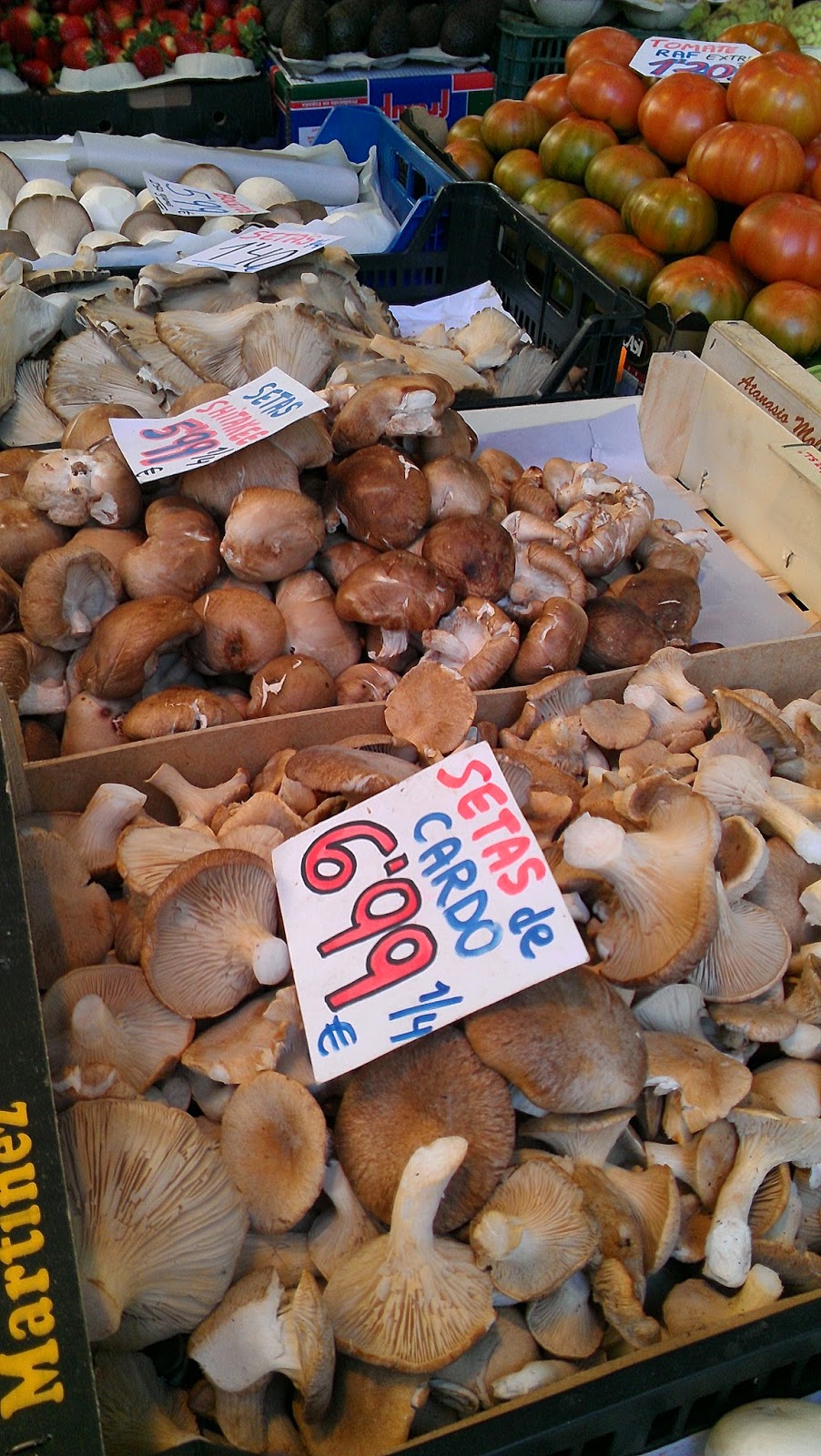.jpg)

.jpg)

.jpg)
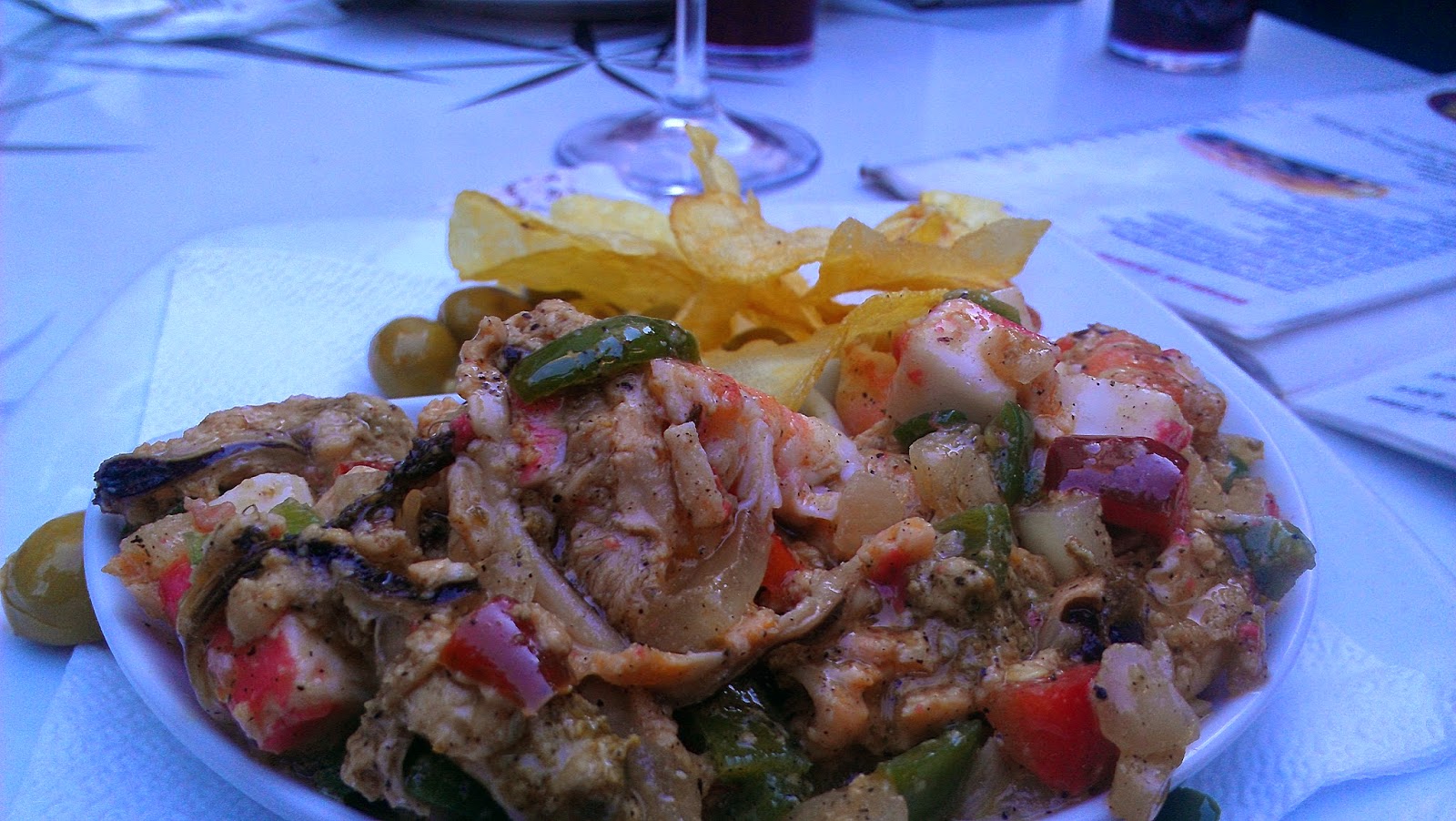.jpg)
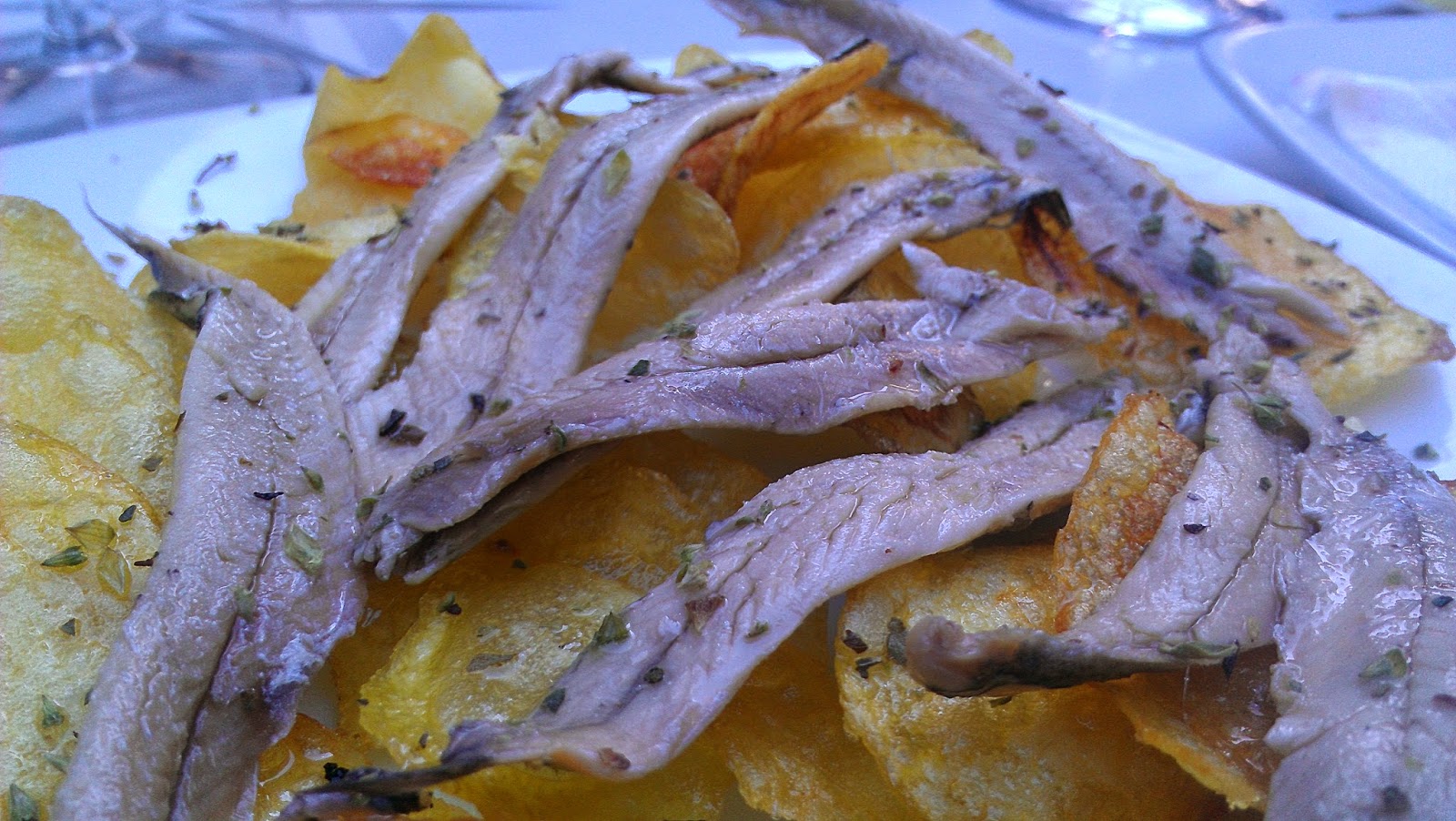.jpg)

.jpg)
.jpg)
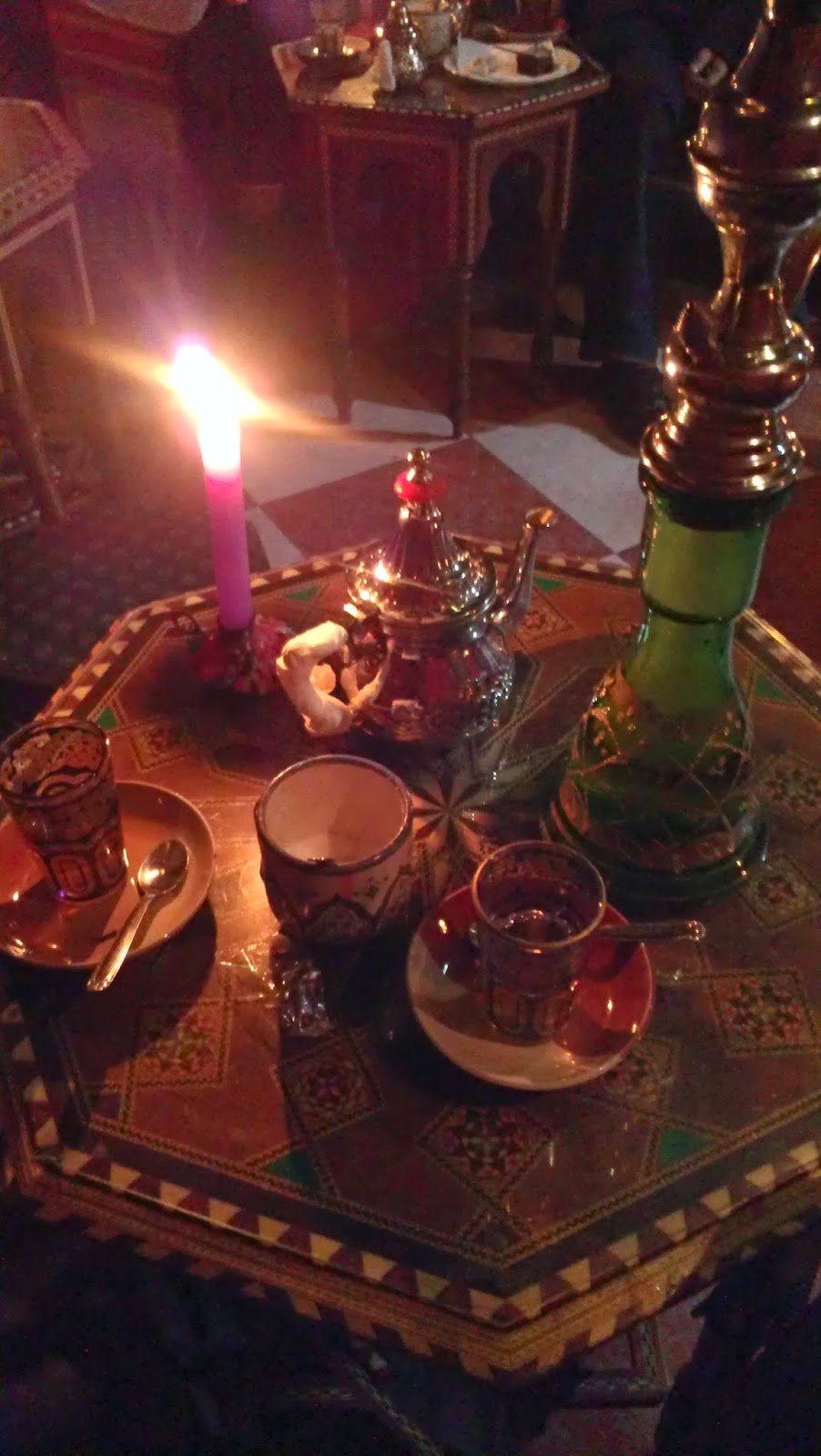.jpg)

.jpg)
.jpg)
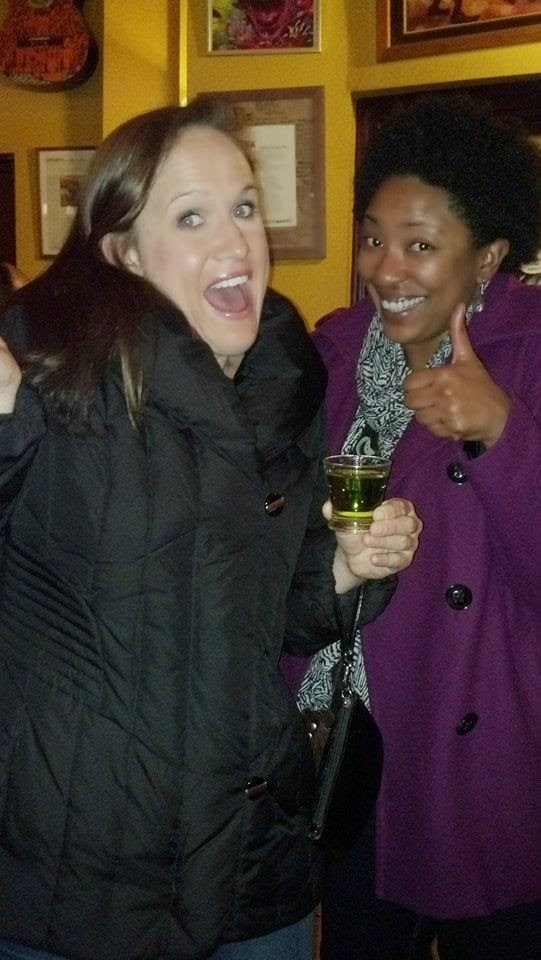.jpg)
.jpg)






